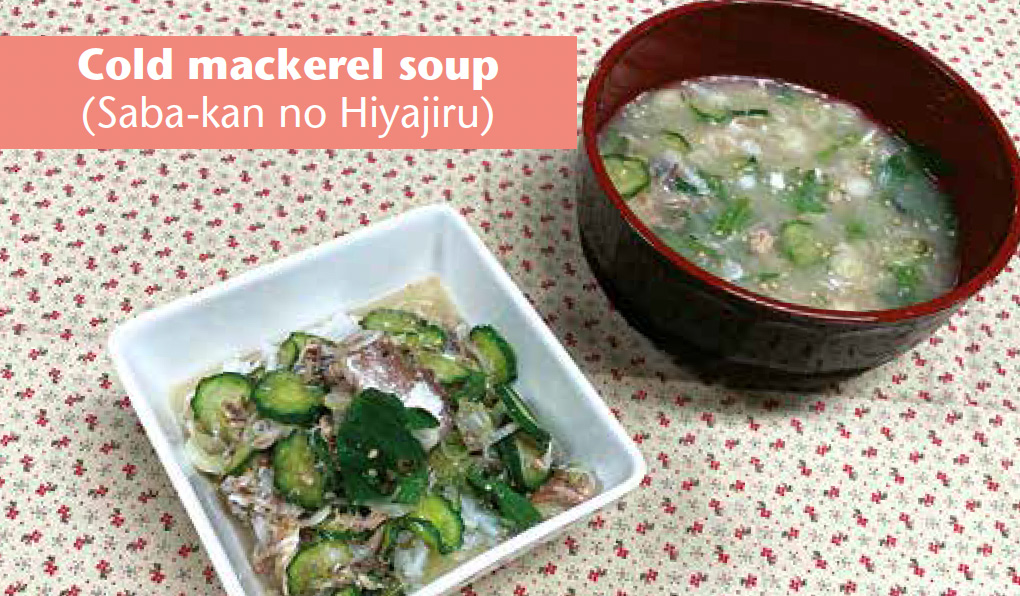
No.106 [HARUYO RECIPE] Cold mackerel soup (Saba-kan no Hiyajiru)
RECIPE 01 – Slice the cucumber, stir in the salt and leave aside for 5 minutes. 02 – Slice the leek and tear the shiso […]

RECIPE 01 – Slice the cucumber, stir in the salt and leave aside for 5 minutes. 02 – Slice the leek and tear the shiso […]
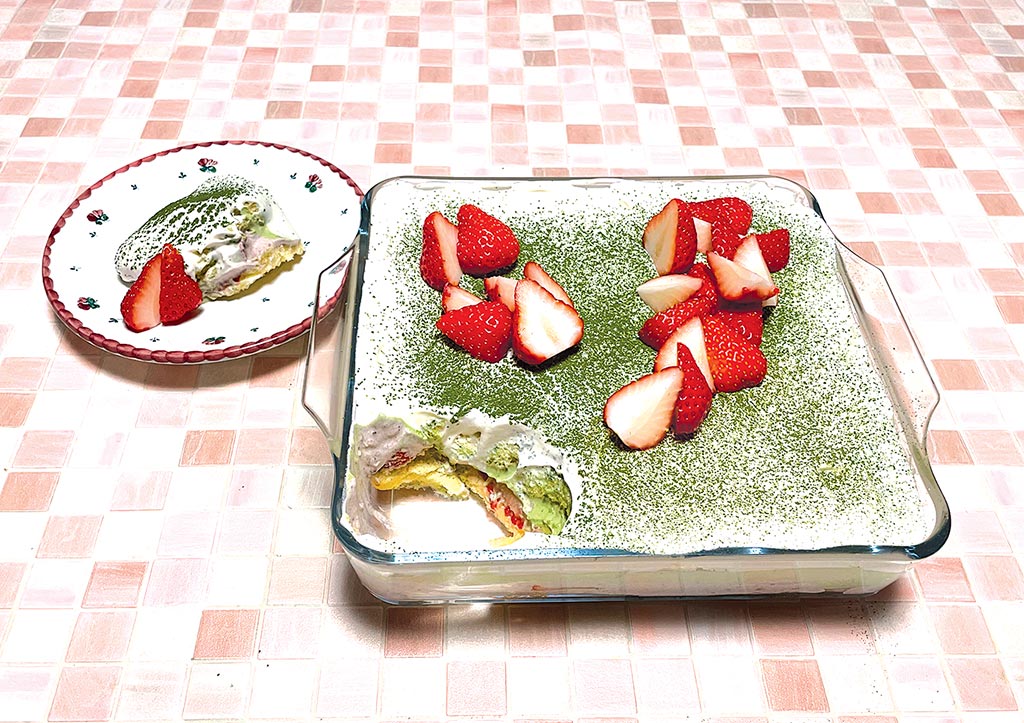
RECIPE 01 – To make the syrup, mix the sugar and water together in a small bowl. Microwave for 30 to 60 seconds. 02 – Cut […]
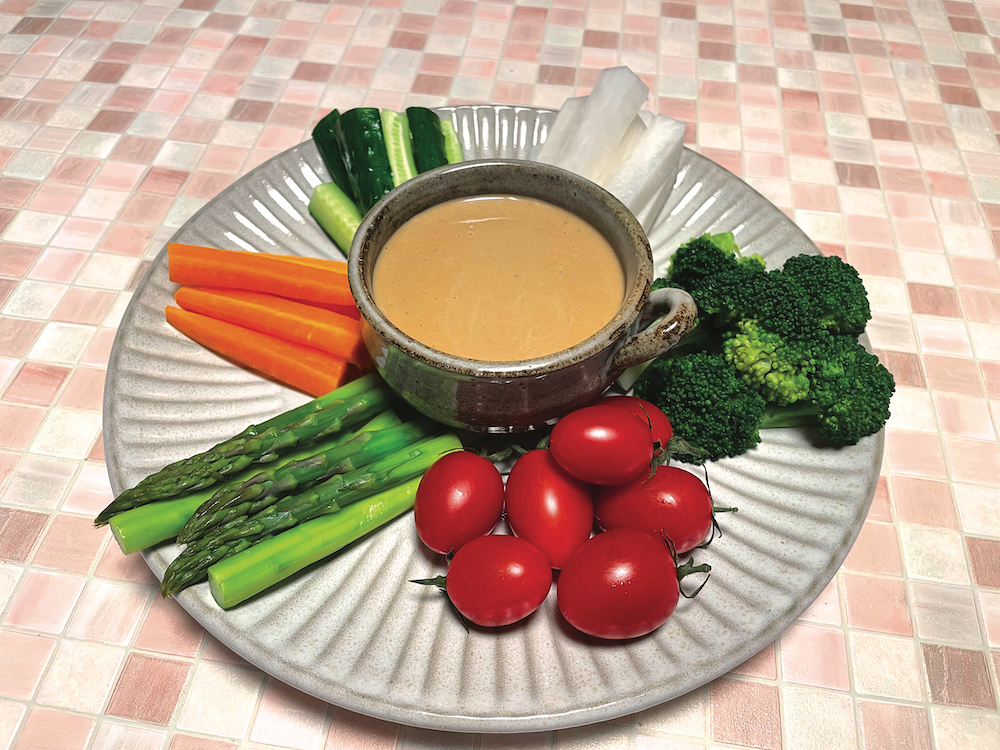
RECIPE 01 – Peel the garlic and cut in two. Trim off the sprouting tip. In a small saucepan, gently heat the olive oil and […]
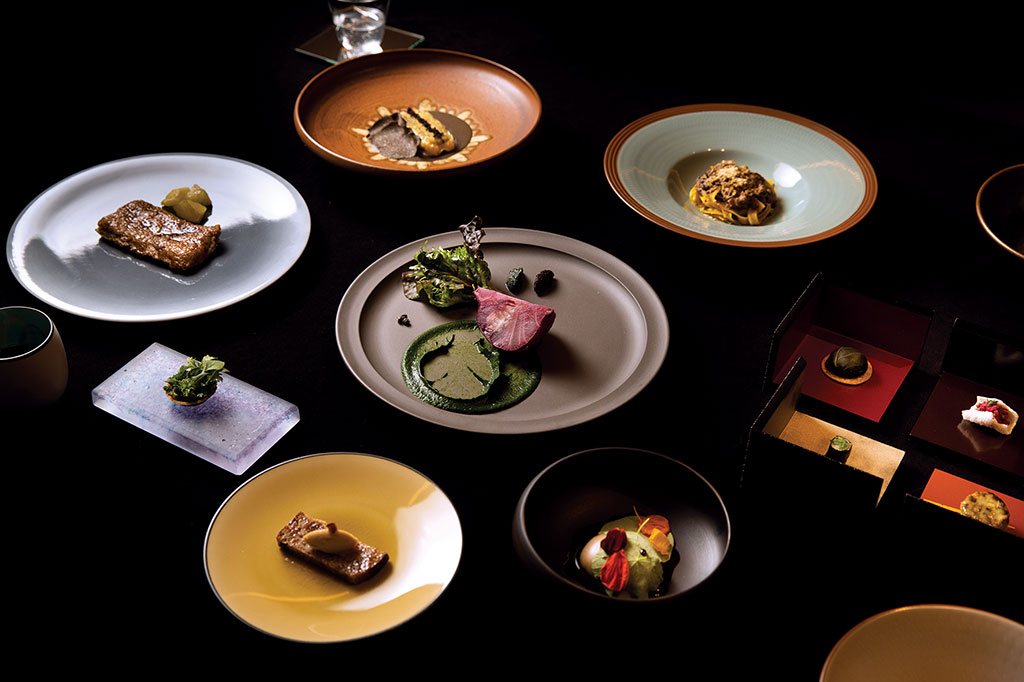
Famous chef has set himself the challenge to boost veganism with his new and interesting approach. Three years ago we described the new trend for […]
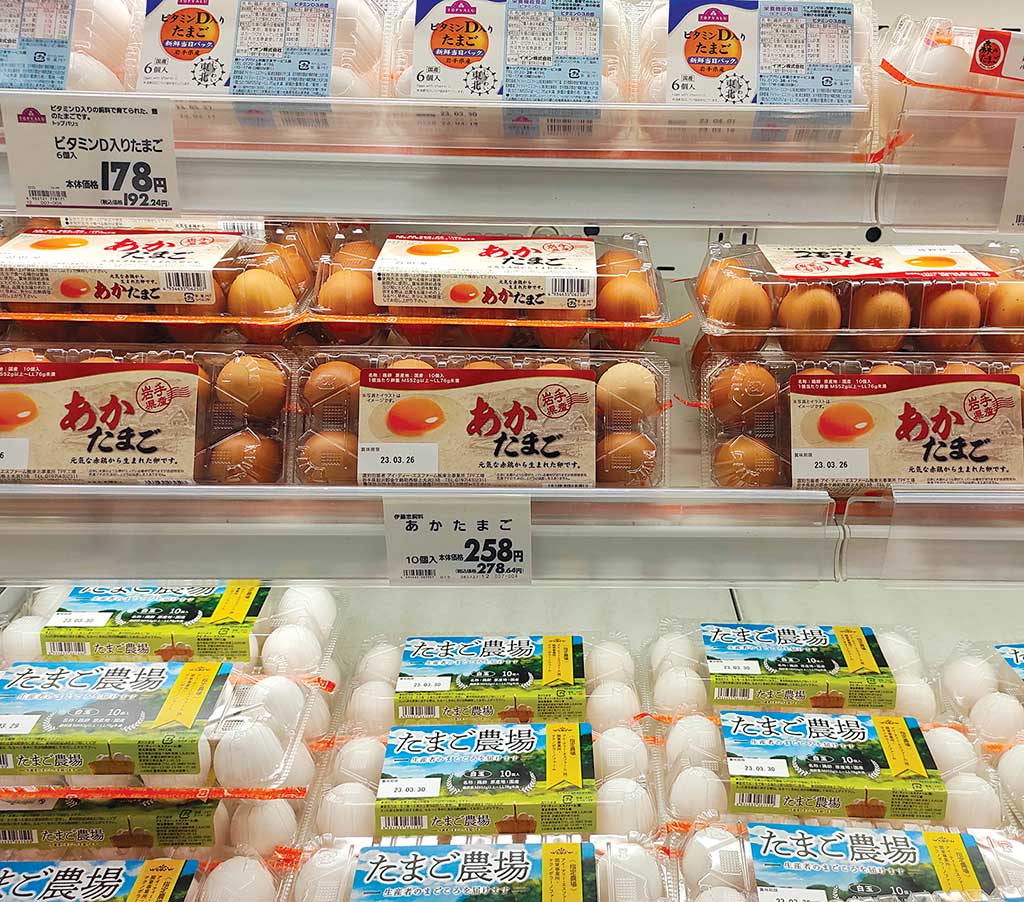
Japan is experiencing a shortage of eggs and an increase in their price. It is enough to put people in a spin. Food self-sufficiency is […]
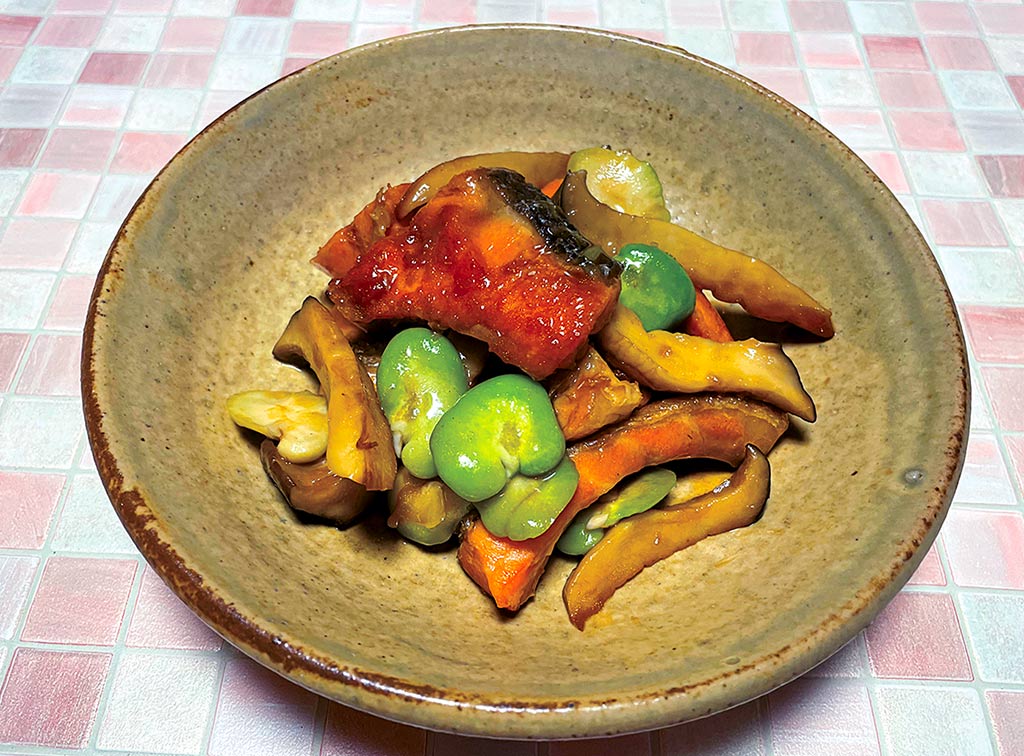
RECIPE 01 – Cut the salmon slices into three, and the mushrooms into 6 or 8 pieces. 02 – Blanch the broad beans then cut […]
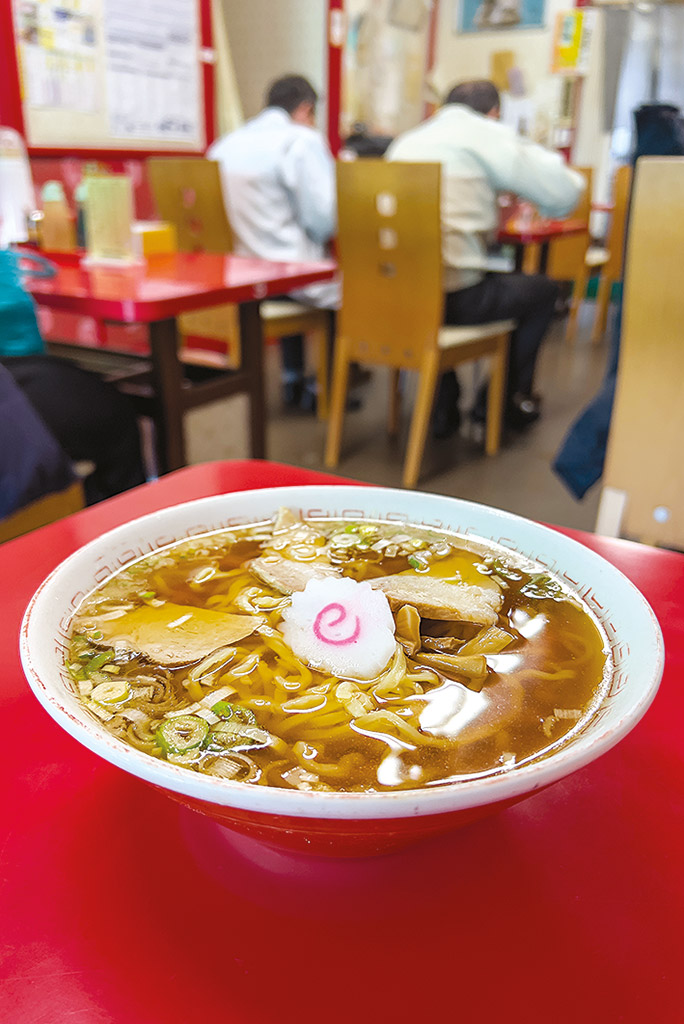
Like those from Sapporo and Hakata, the noodles from this little town are famous throughout Japan. More than a century has passed since ramen (noodles) […]
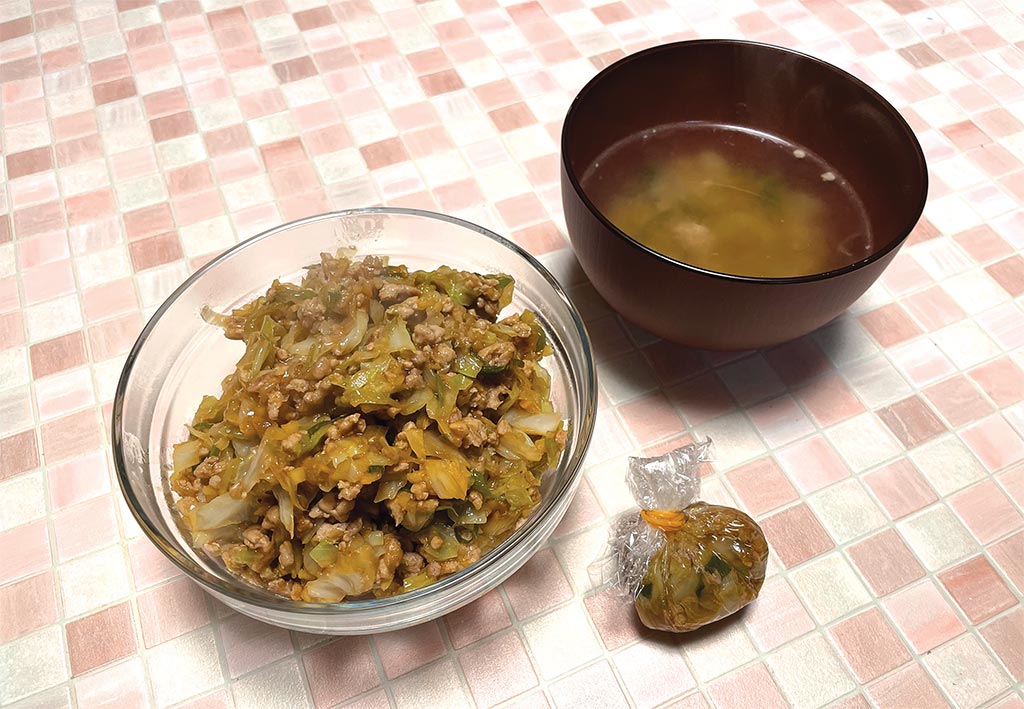
RECIPE 01 – Slice the leek. 02 – Roughly chop the cabbage. 03 – Chop the ginger. 04 – Heat the sesame oil in a […]
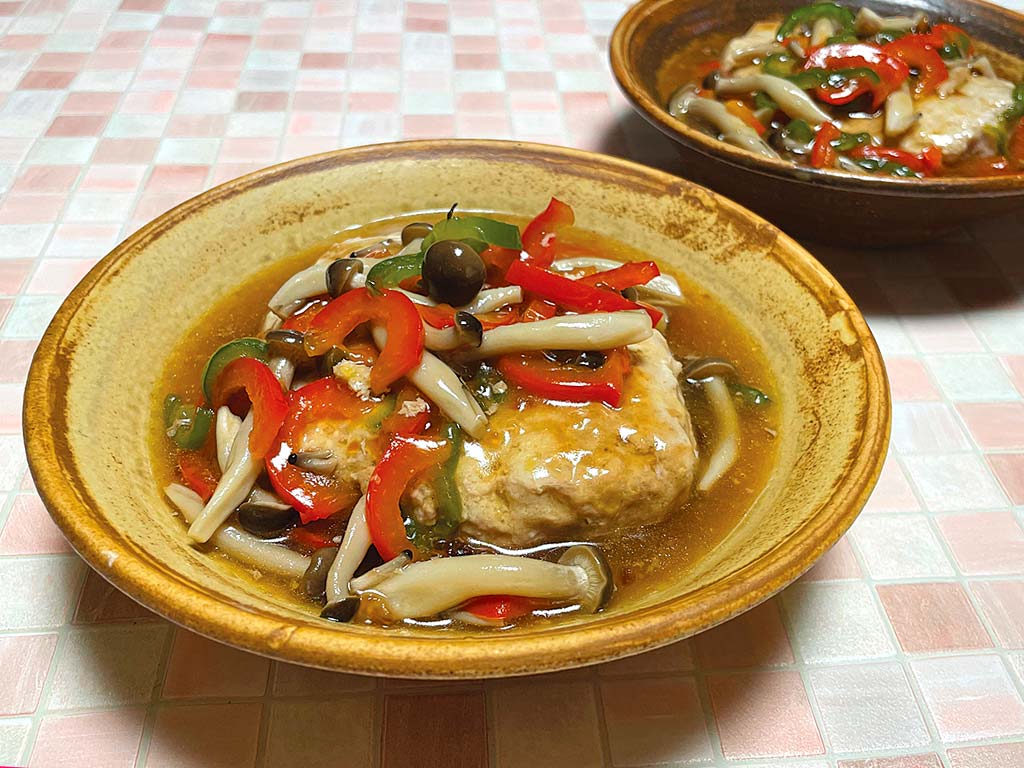
RECIPE In a bowl, thoroughly mix together the minced pork, tofu, cornflour and salt. 01 – Divide the mixture into two oval shapes. 02 – […]
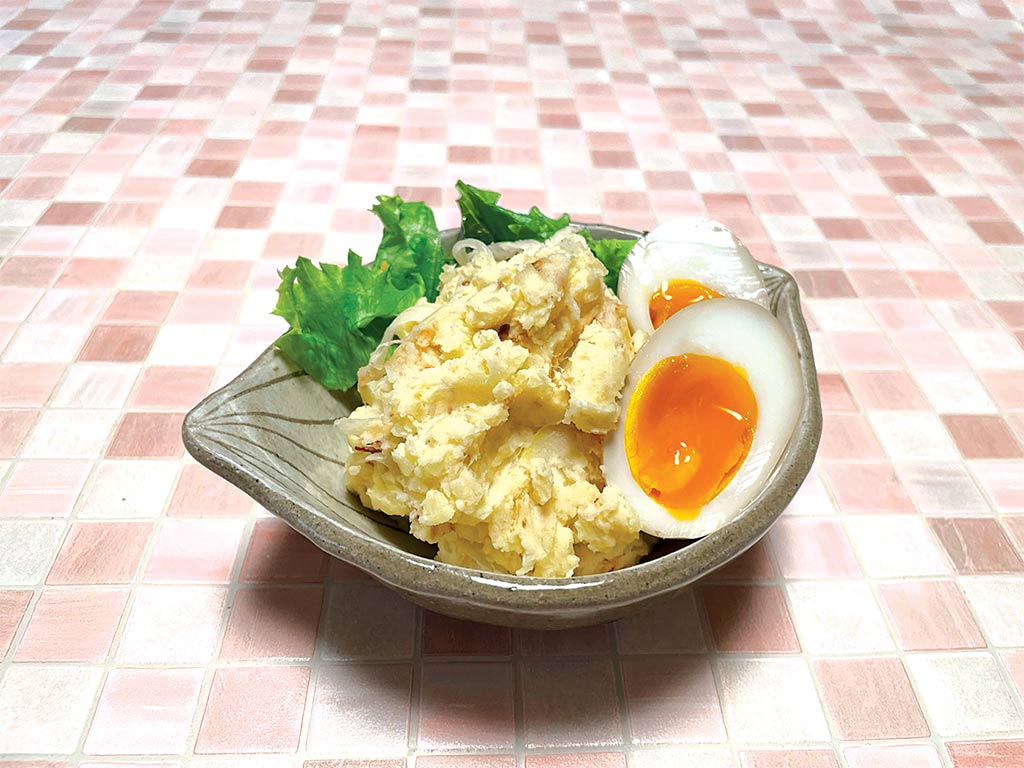
RECIPE 01 – Plunge the eggs into boiling water and cook for 7 minutes. 02 – Thoroughly cool the eggs before shelling them. 03 – […]
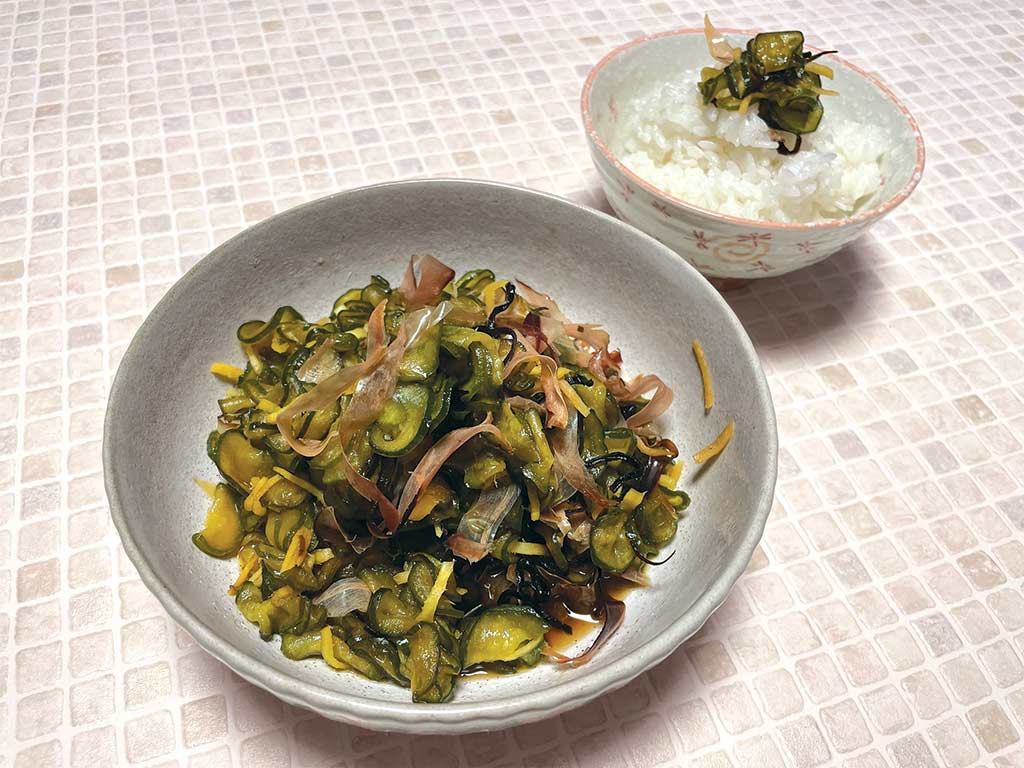
RECIPE 01 – Thinly slice the cucumber and add the salt. 02 – Mix 01 together well, then place a weight on top and leave […]
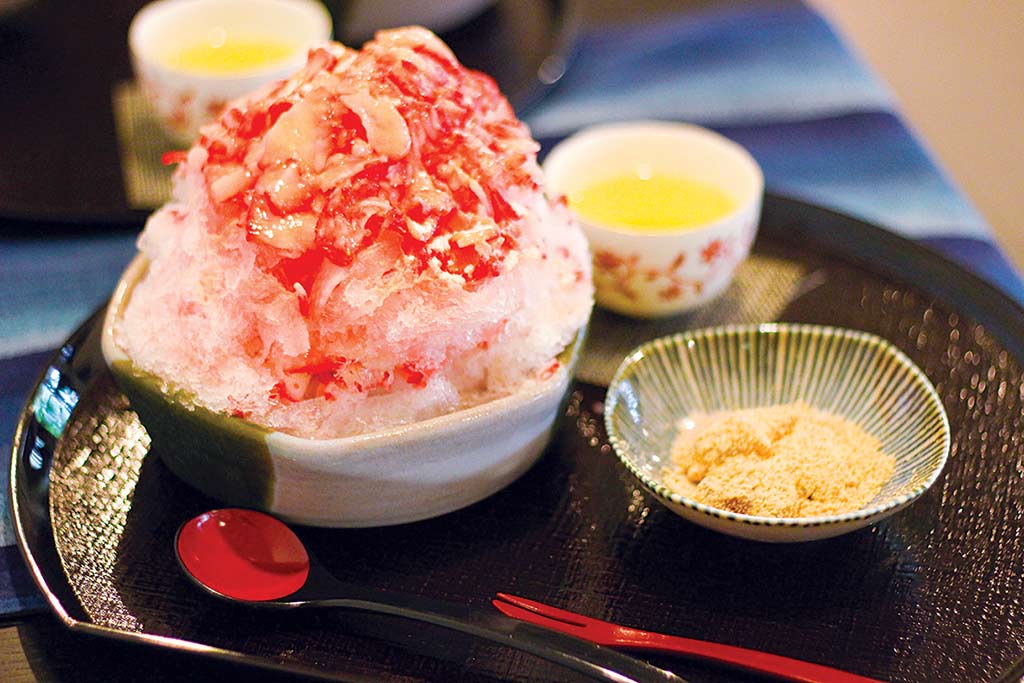
A summer speciality, this bowl of shaved ice with a variety of toppings is always welcomed. Kakigori (shaved ice), an indispensable part of summer in […]
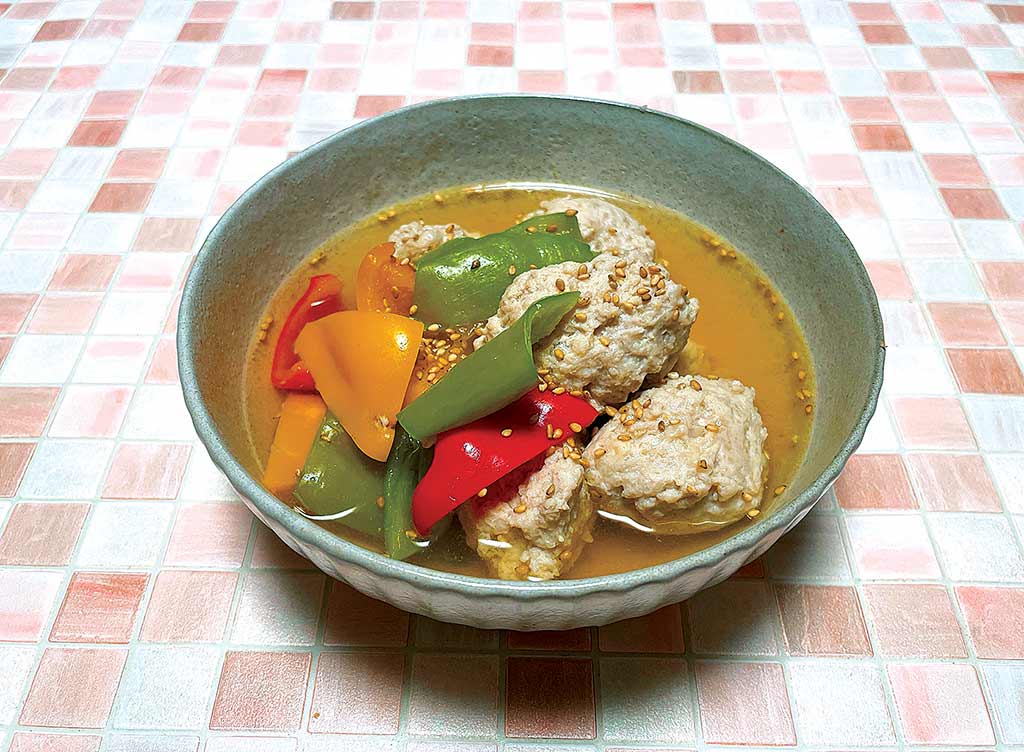
RECIPE 01 – Chop the Manganji sweet peppers and bell peppers. 02 – Cut the onion and mince in a food processor. 03 – Stir […]
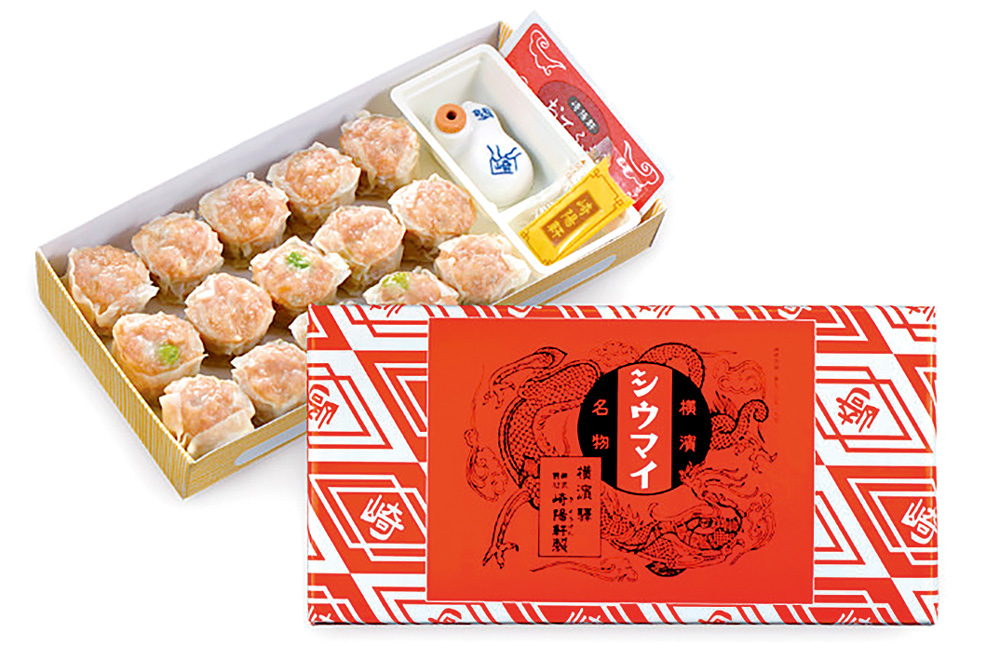
Kiyoken has been serving this dish for almost a century and has made it the city’s culinary symbol. Yokohama, with its port, has always welcomed […]
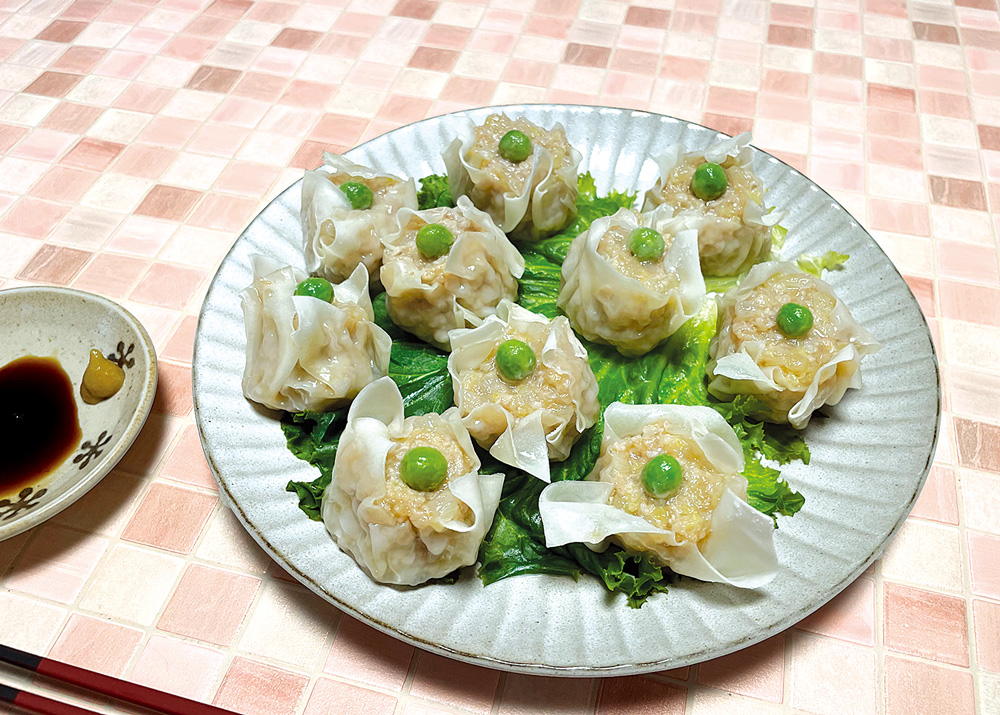
RECIPE 01 – Blanch the peas in boiling water then drain well. 02 – Chop the leek and ginger finely. 03 – Dice the onion […]
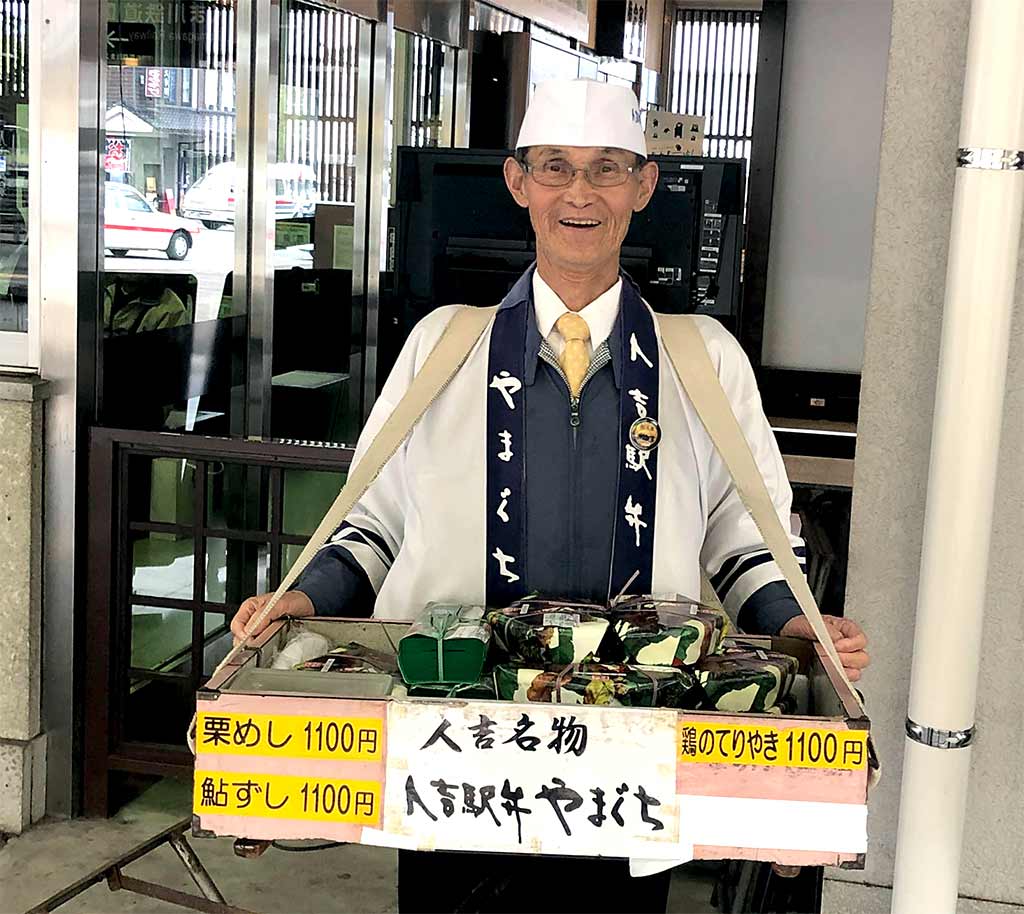
Once the symbol of good food on Japanese trains, the station bento has lost some of its lustre. The term ekiben, or bento (lunch box) […]
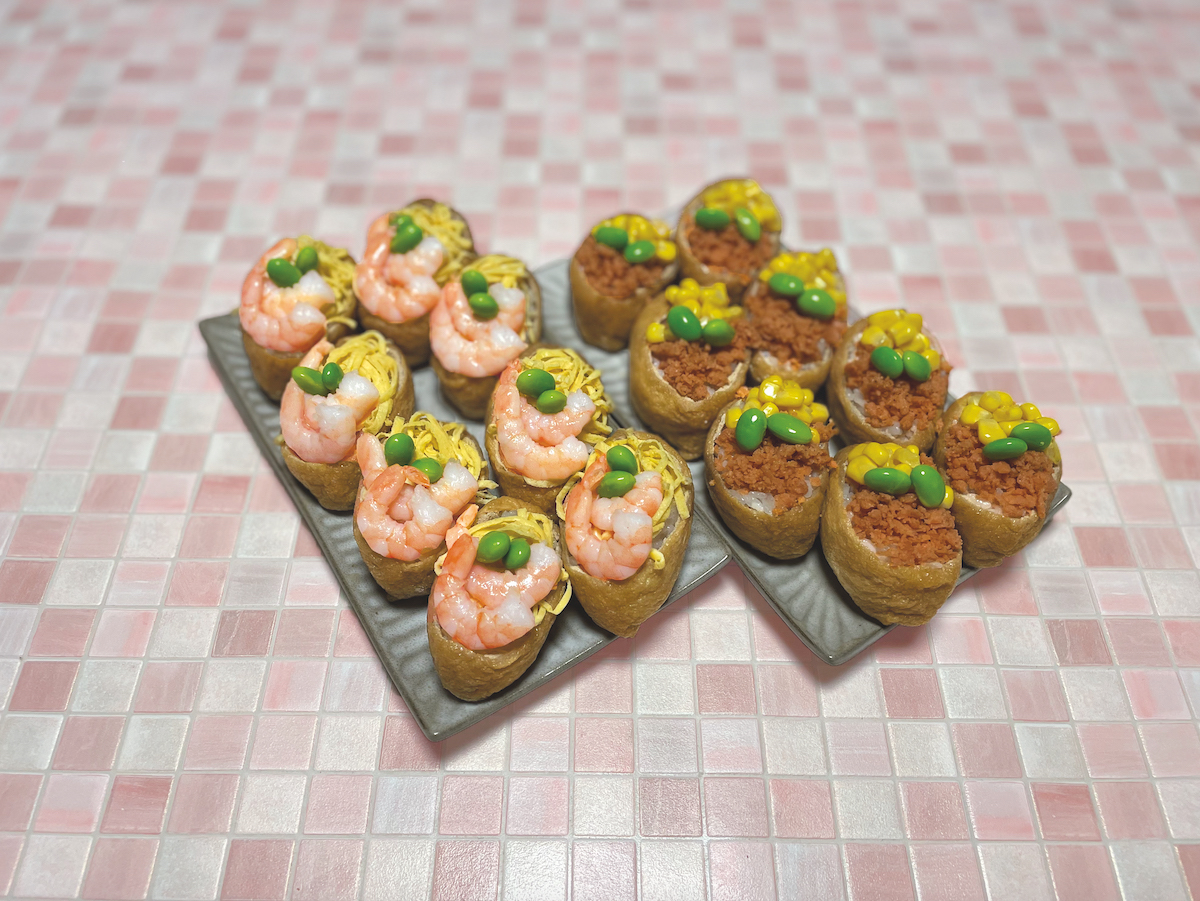
RECIPE For the aburaage: 01 – Rinse the aburaage in boiling water to remove grease. 02 – Cut in two and open up. 03 – […]
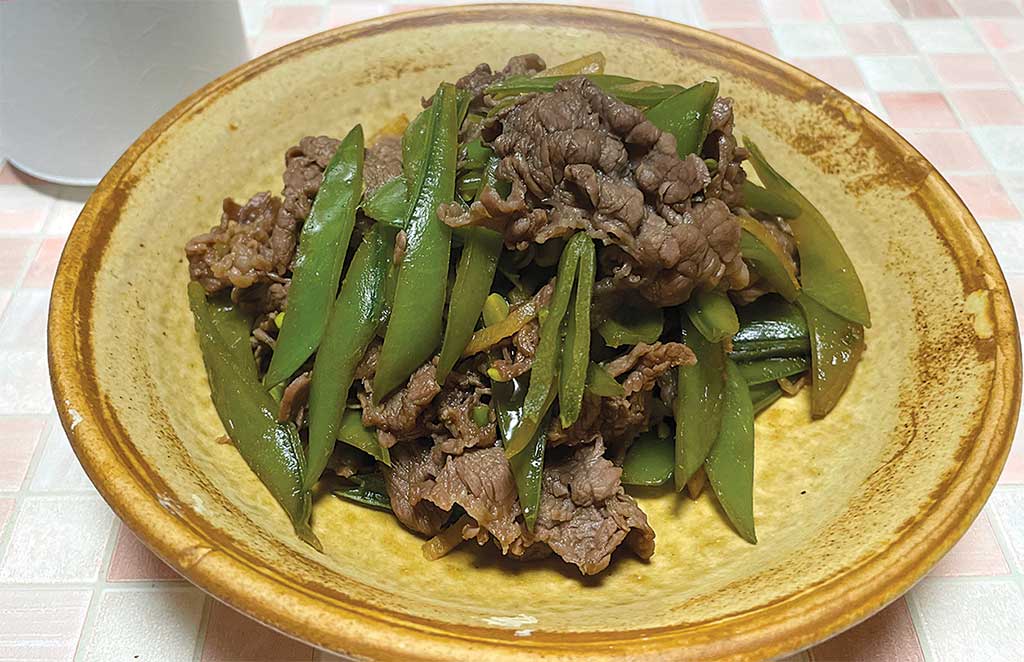
RECIPE 01 – Cut the beans into 3-4 cm long pieces and the ginger into matchsticks. 02 – Heat the beef, soy sauce, sugar and […]

After sake’s seduction of European alcohol lovers, it is now the turn of this distilled beverage to try its luck. Curiously, it took a great […]
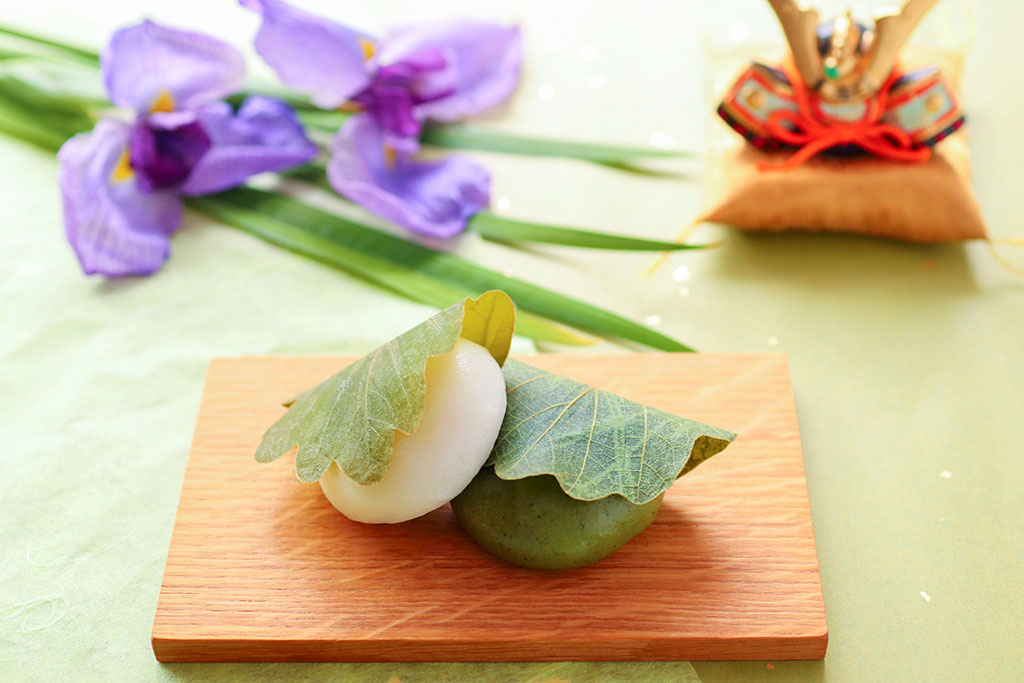
In Japan, May 5th is called tango no sekku, which translates as Children’s Day or the Boy’s Festival. It is a national holiday which coincides […]
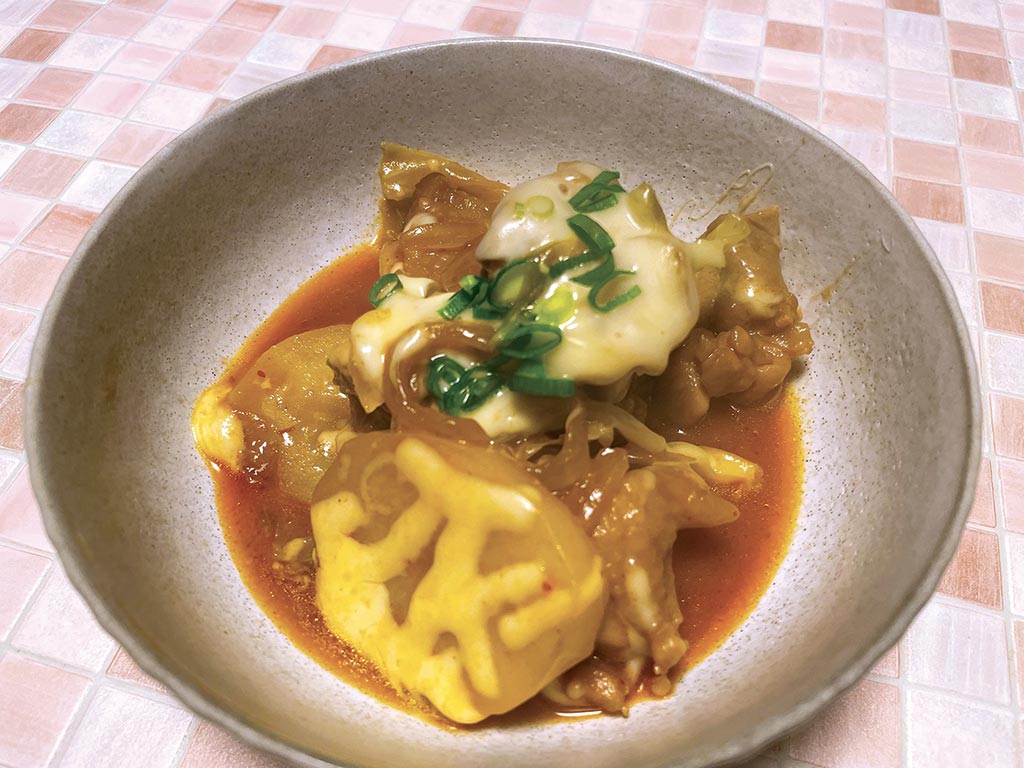
RECIPE 01 – Dice the chicken and leave to marinade for 30 minutes. 02 – Cut the cabbage into squares of about 3 cm. 03 […]
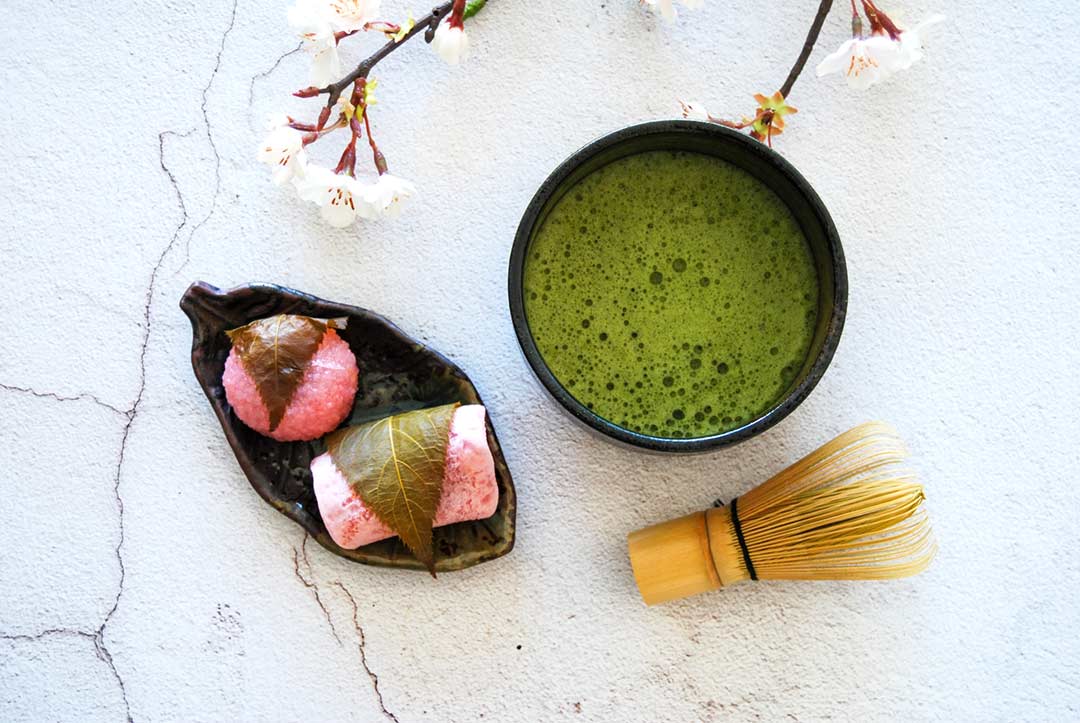
The beautiful cherry blossoms season has come. I have to say that the cherry blossom season is something most Japanese people love and look forward […]
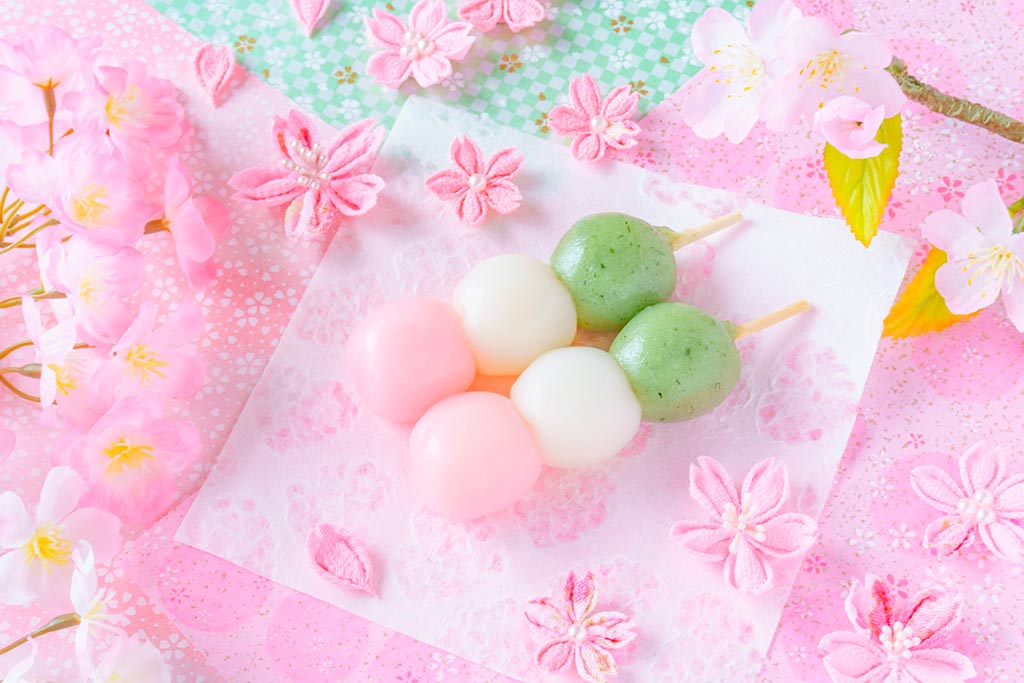
It’s still cold, but it’s already spring on the calendar. Daffodils and crocuses are begin to bloom, signalling the next season’s arrival. However, aren’t the […]
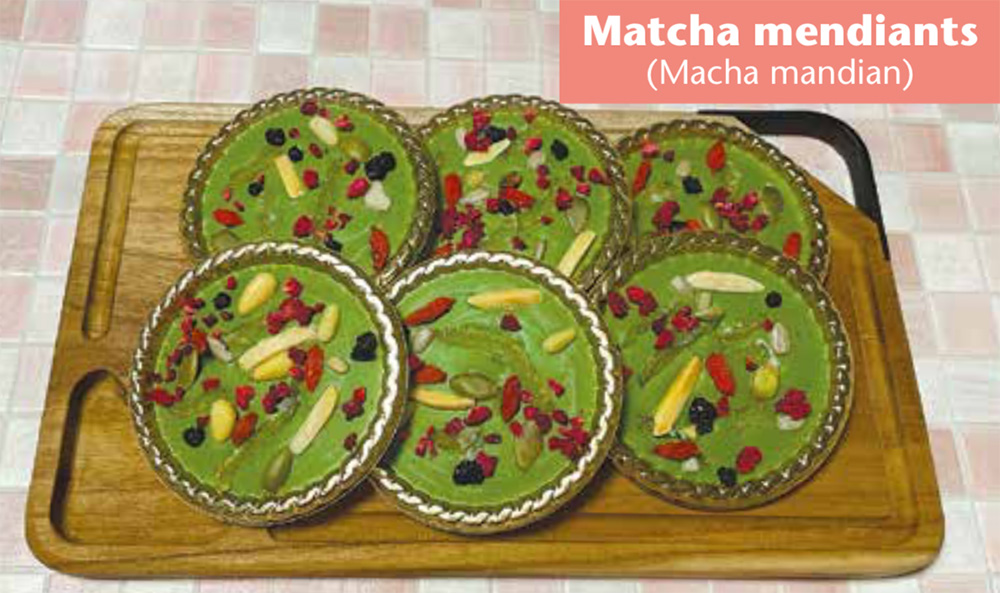
Matcha mendiants RECIPE 01 – Prepare a bain-marie by placing a cloth on the bottom of a saucepan to place a bowl on: Melt the […]
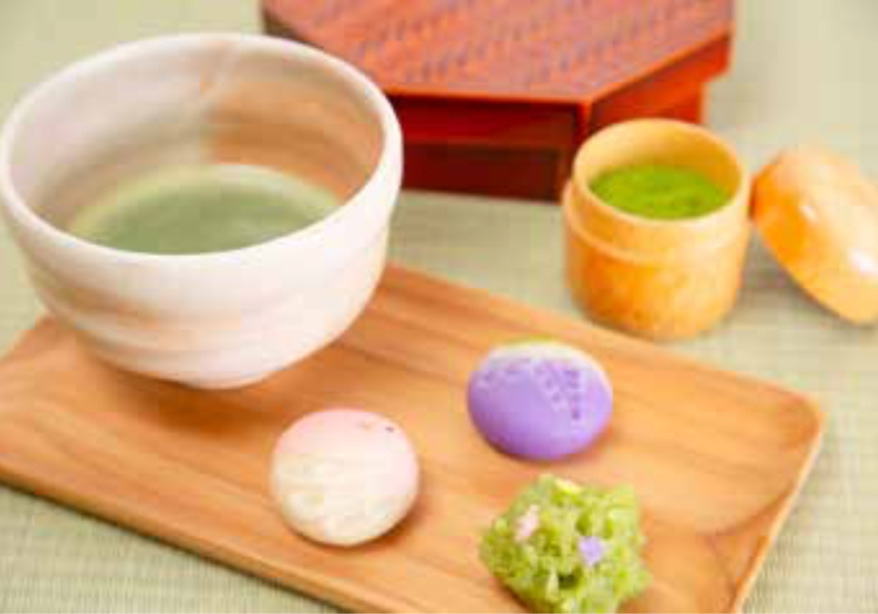
What is matcha / green tea? Talking about matcha or green tea, what comes to mind first? A pale green, clear-coloured drink which Japanese people […]
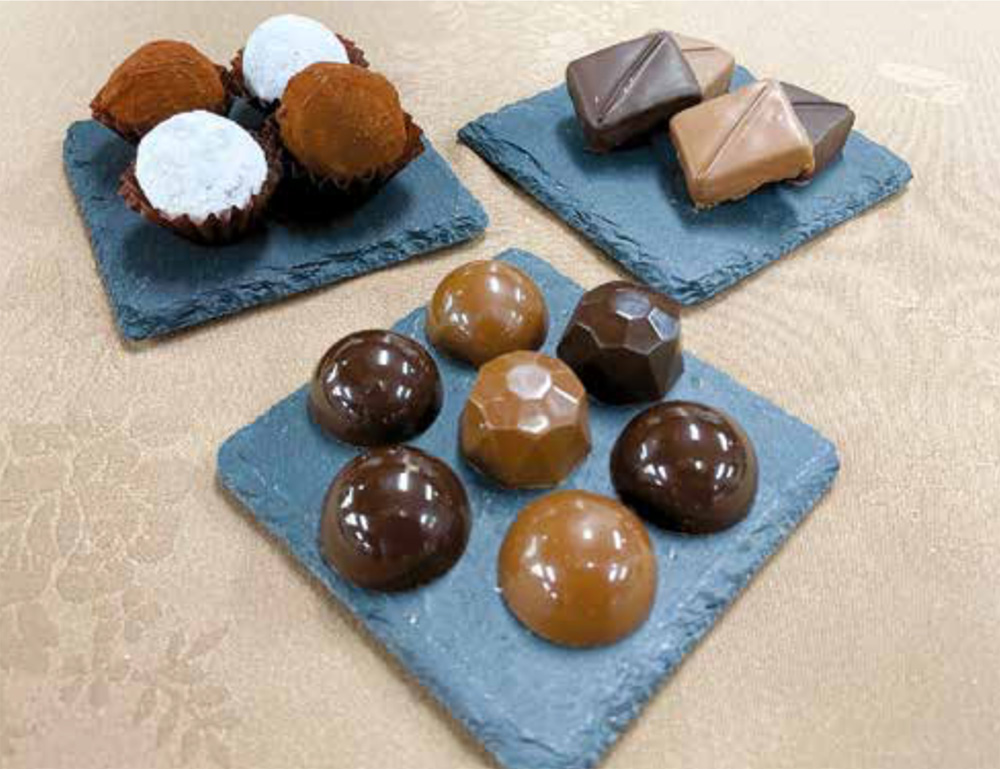
In Japan, this day for lovers has long been synonymous with chocolate. It’s still the gift of choice, but habits are changing. Valentine’s Day, that […]
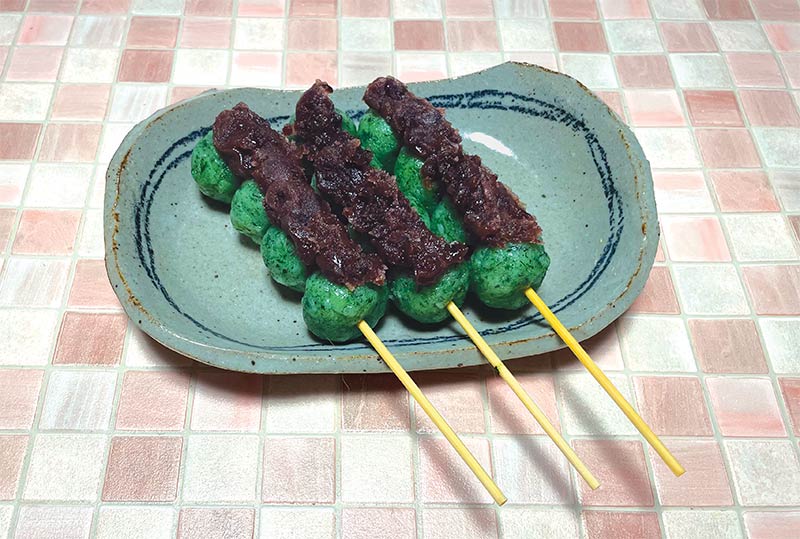
KUSADANGO Rice dumplings with yomogi (Japanese mugwort) RECIPE 01 – Blanch the spinach and rocket leaves for about 5 minutes in boiling water to which […]
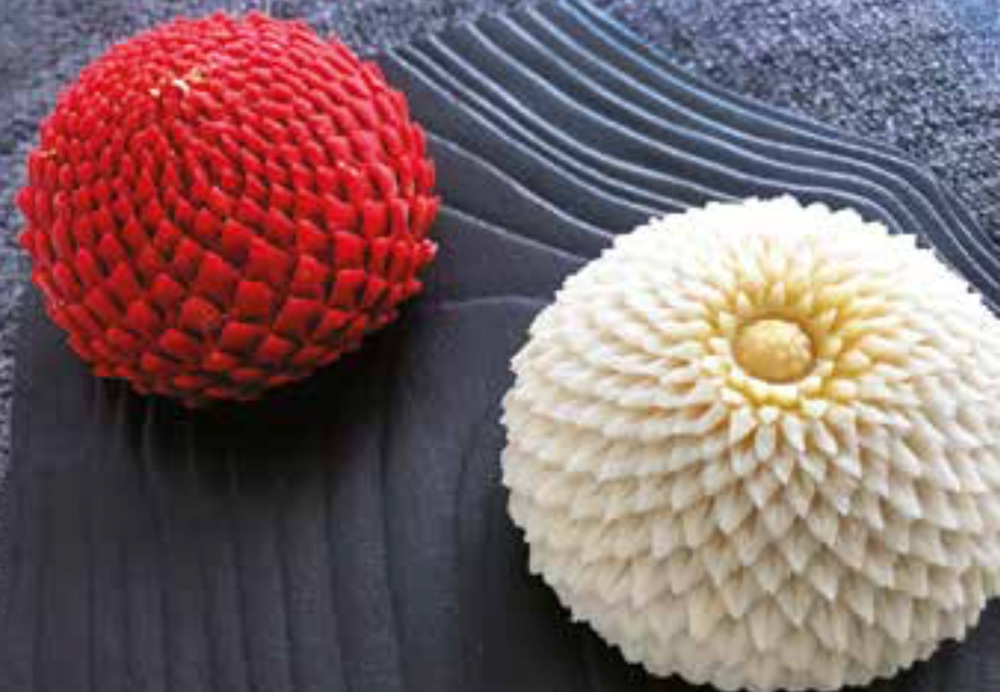
December is an exciting time in Europe to prepare for Christmas. However, December is more of a time for Japanese people to prepare for the […]
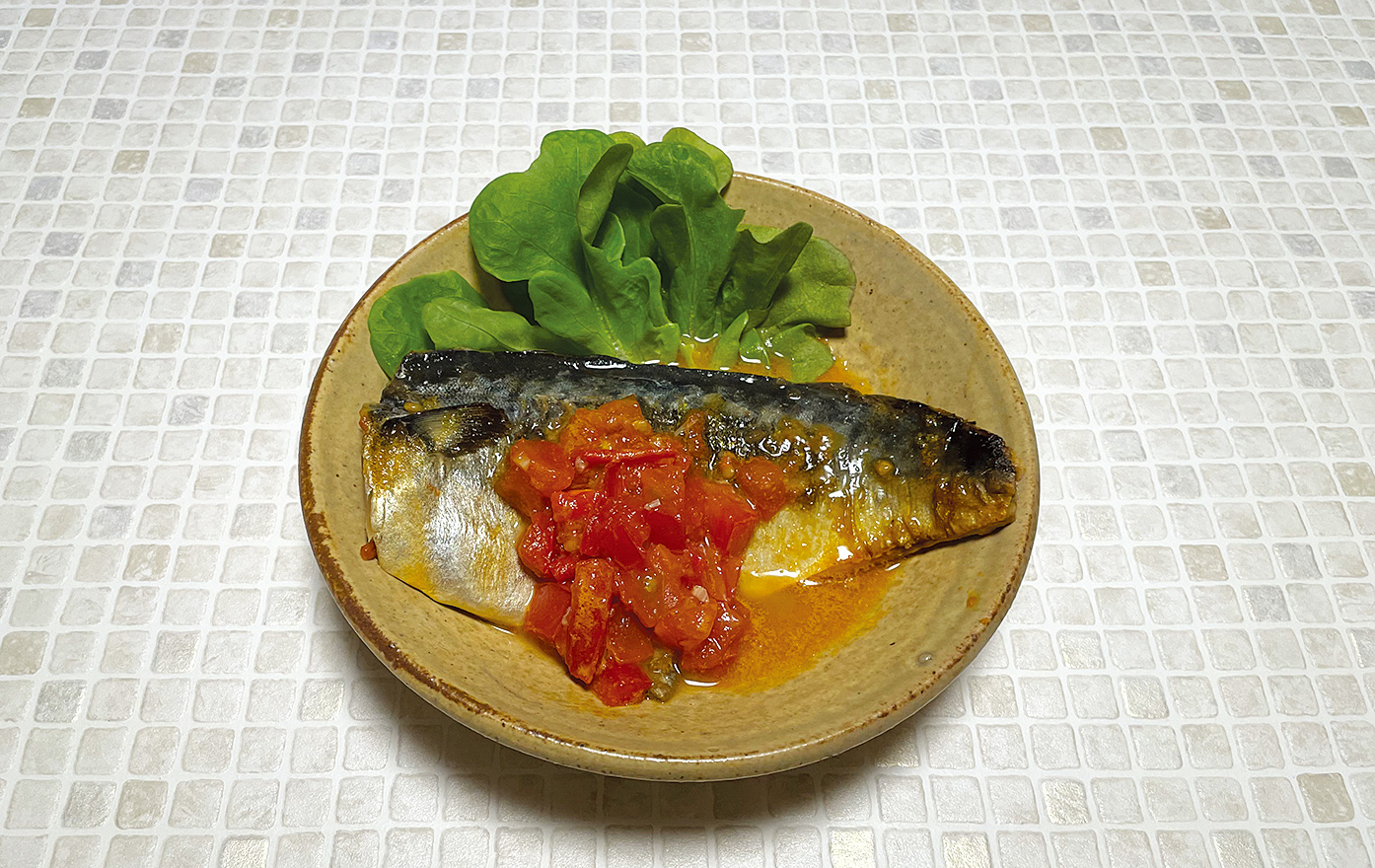
SABA NO TOMATO-MISO NI (Mackerel simmered with miso and tomato) RECIPE 01 – Salt the mackerel filets, then put aside for 10 minutes. 02 – […]
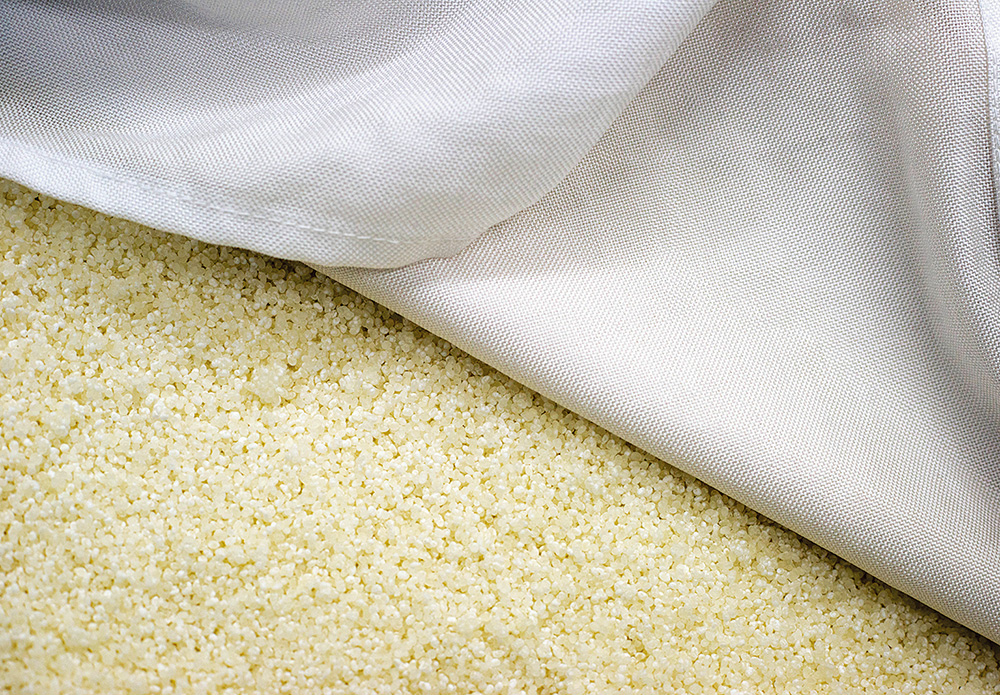
As a result of the health crisis, the decline in sake consumption is turning the industry upside down. The impact of the pandemic is sometimes […]
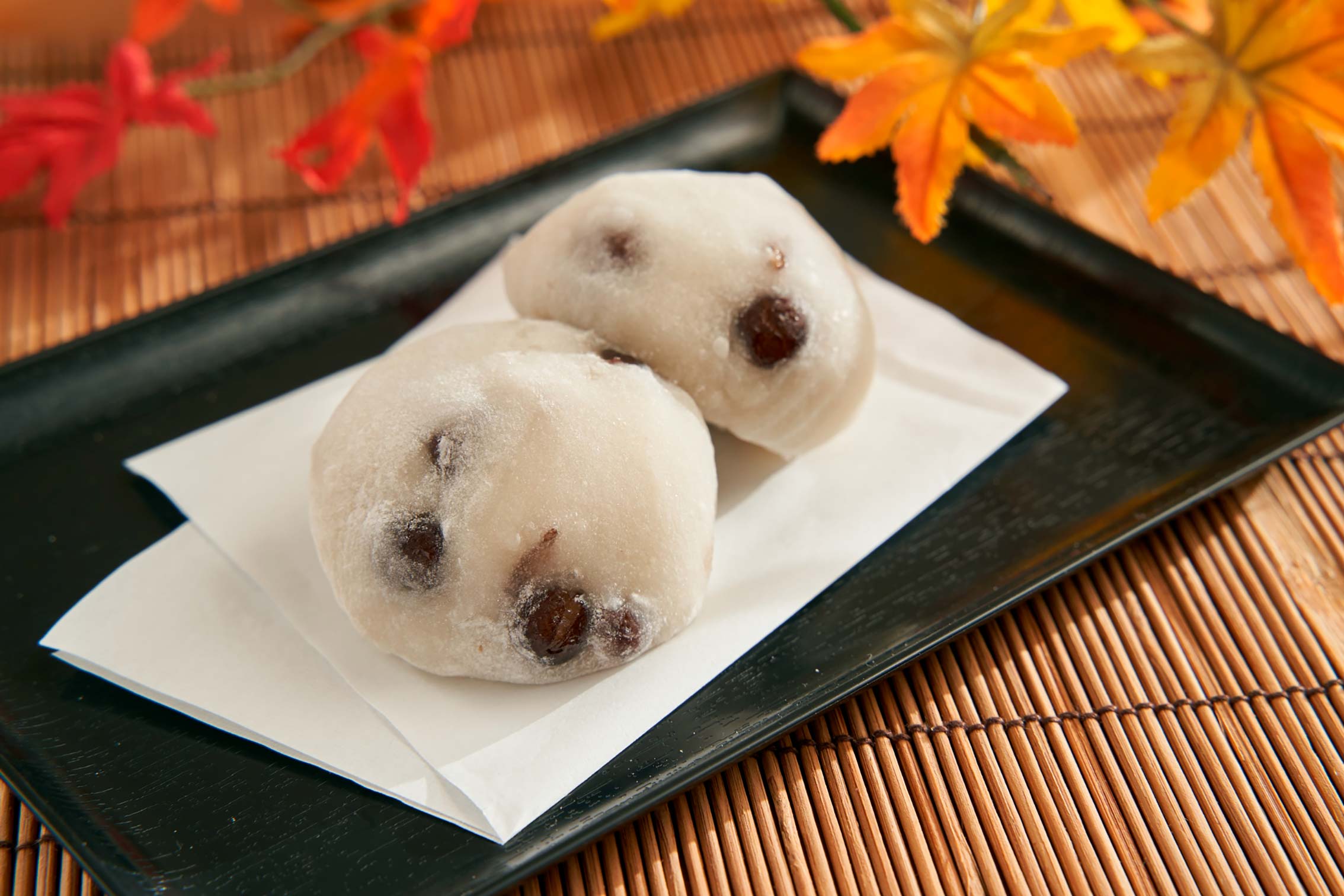
Of all the Japanese sweets which would I want to eat the most? When I thought about this, one of my favourites which has recently […]
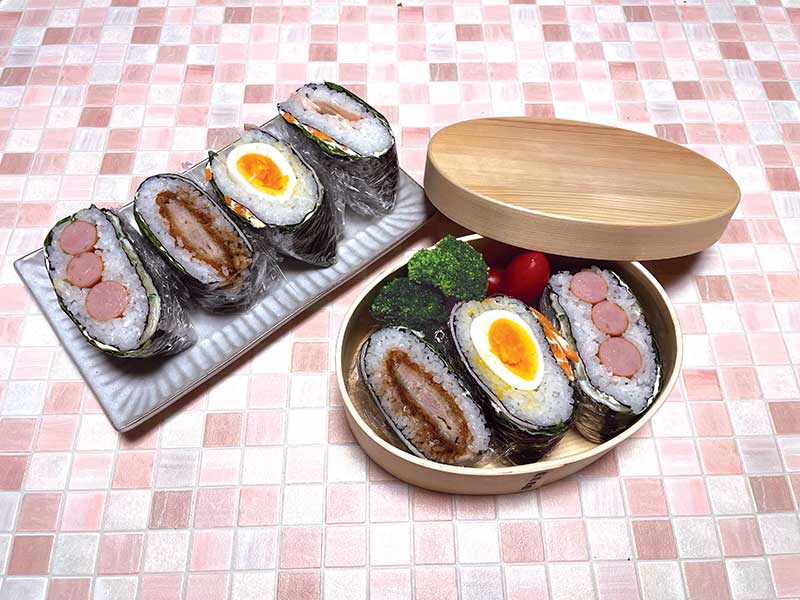
ONIGIRAZU RECIPE 01 – Place a sheet of nori on some clingfilm. 02 – Cut the nori sheet in half but only half way. 03 […]
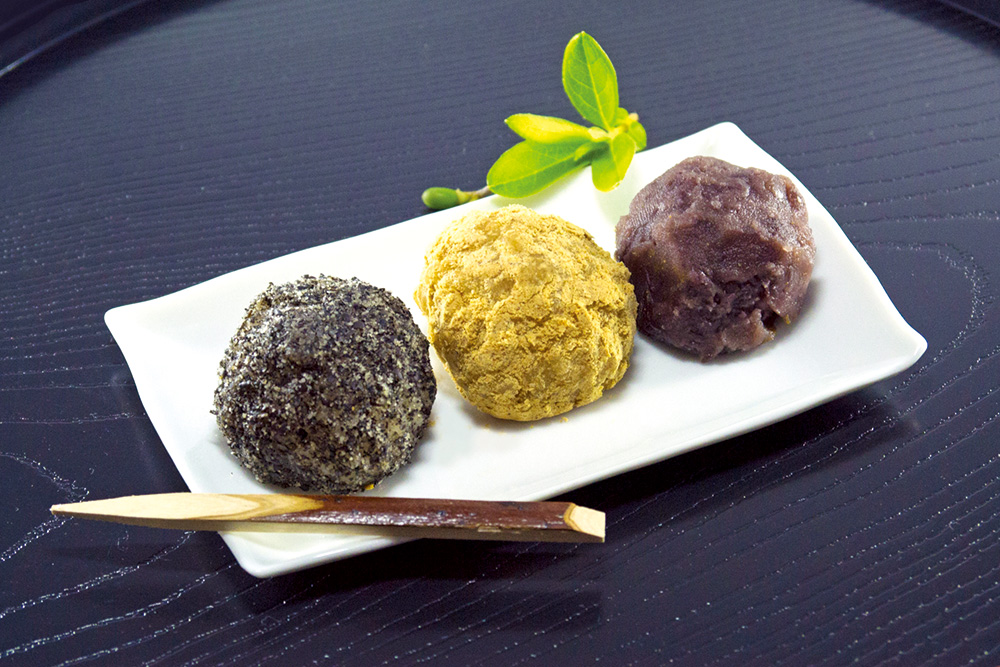
Re-imagining sweet “Flower ohagi” When I came to live in the UK, I came across the well known desert, rice pudding, and was shocked to […]
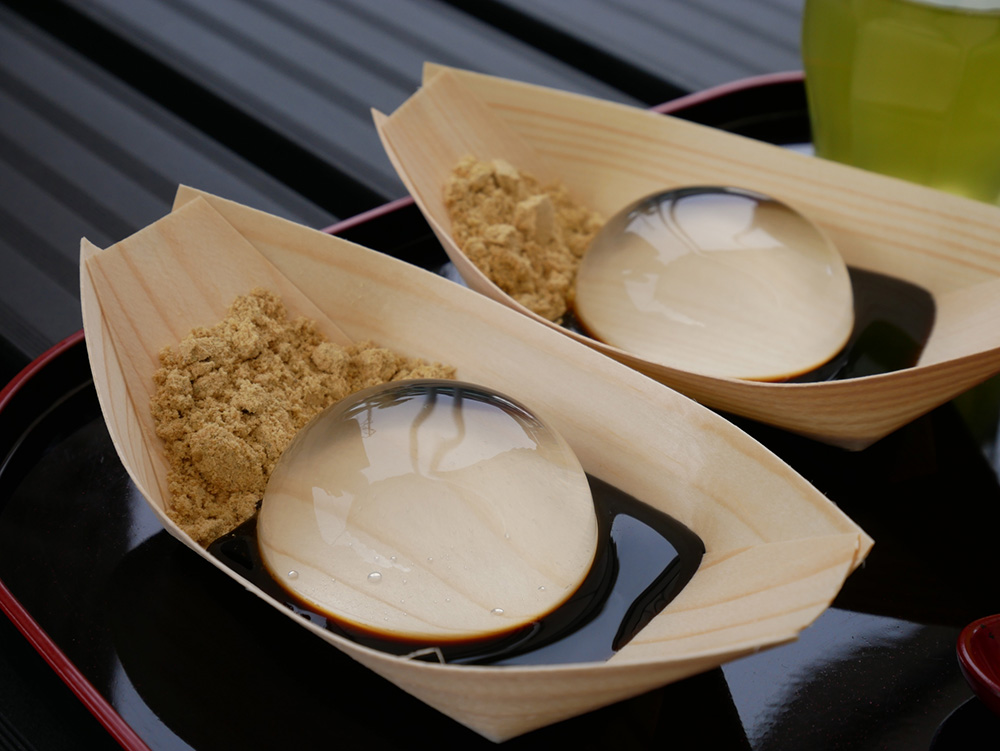
The Mizu shingen mochi, or raindrop cake, is attracting incredible interest worldwide. A pastry shop in Yamanashi Prefecture offers a jelly-based dessert that looks as […]
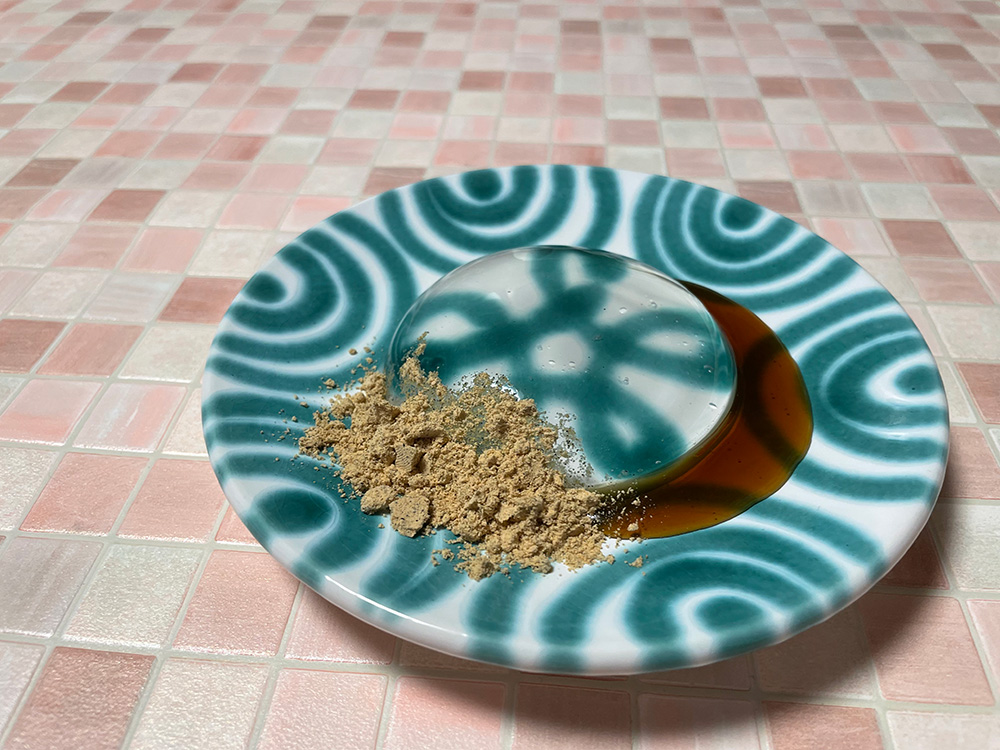
MIZU SHINGEN MOCHI (Raindrop cake) PREPARATION 01 – Wash a glutenous rice with plenty of water. 02 – Soak the washed rice in a water […]
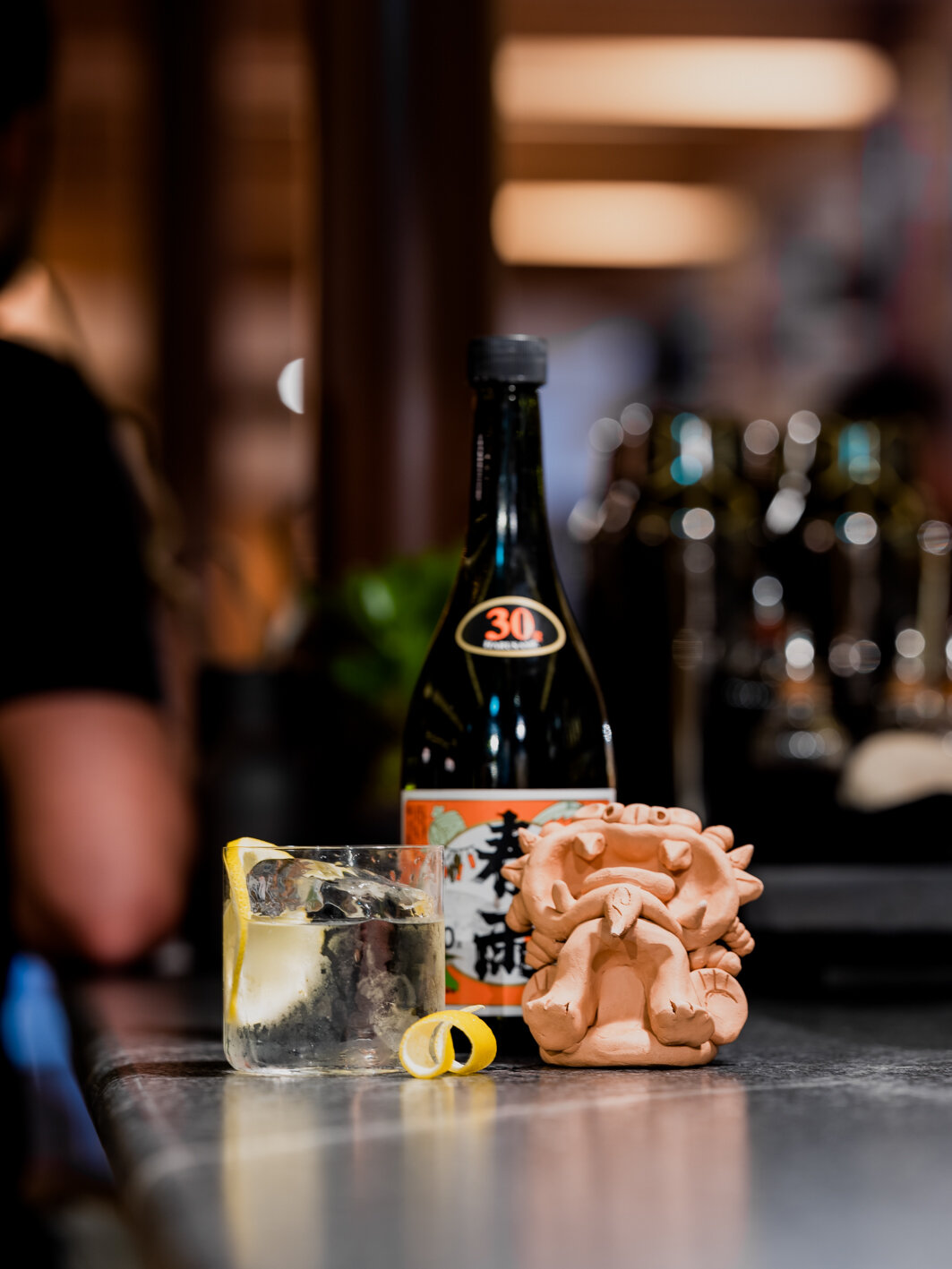
A Pantechnicon event Take a day trip to Japan’s Okinawa islands ! September 14th,14:00 – 15:30 or 18:00 – 19:00 Shisa Guardian Lion statuette Workshop […]
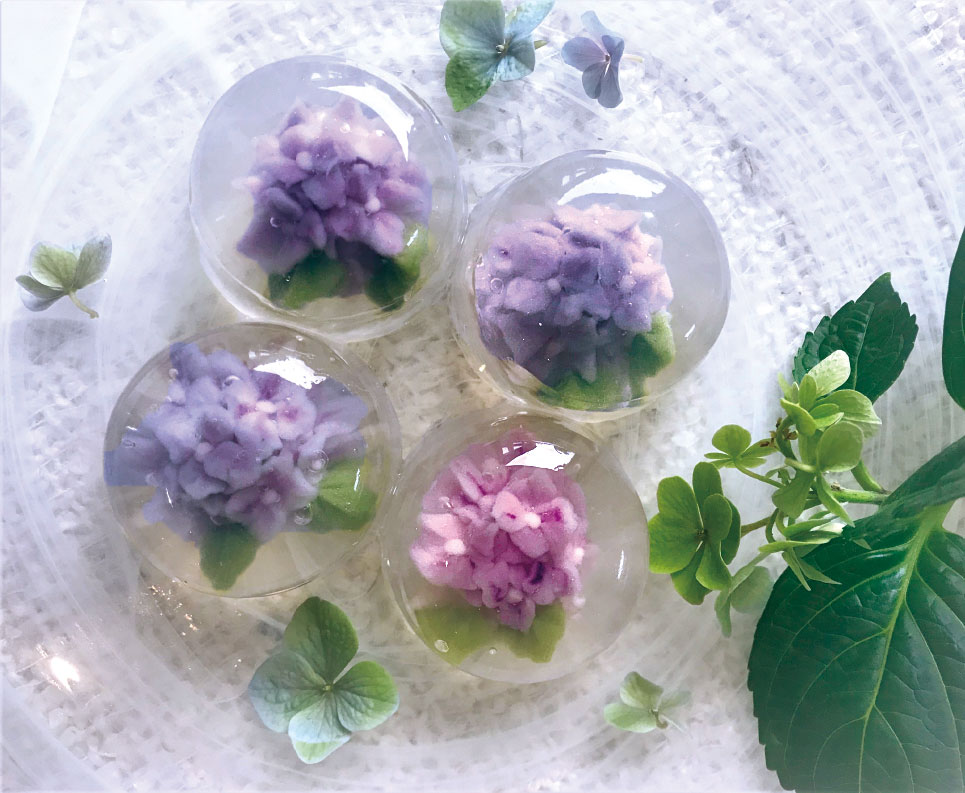
Now that we are entering summer I would like to introduce a lovely cool Japanese sweet. Kingyoku-kan is a jelly style sweet that is made […]
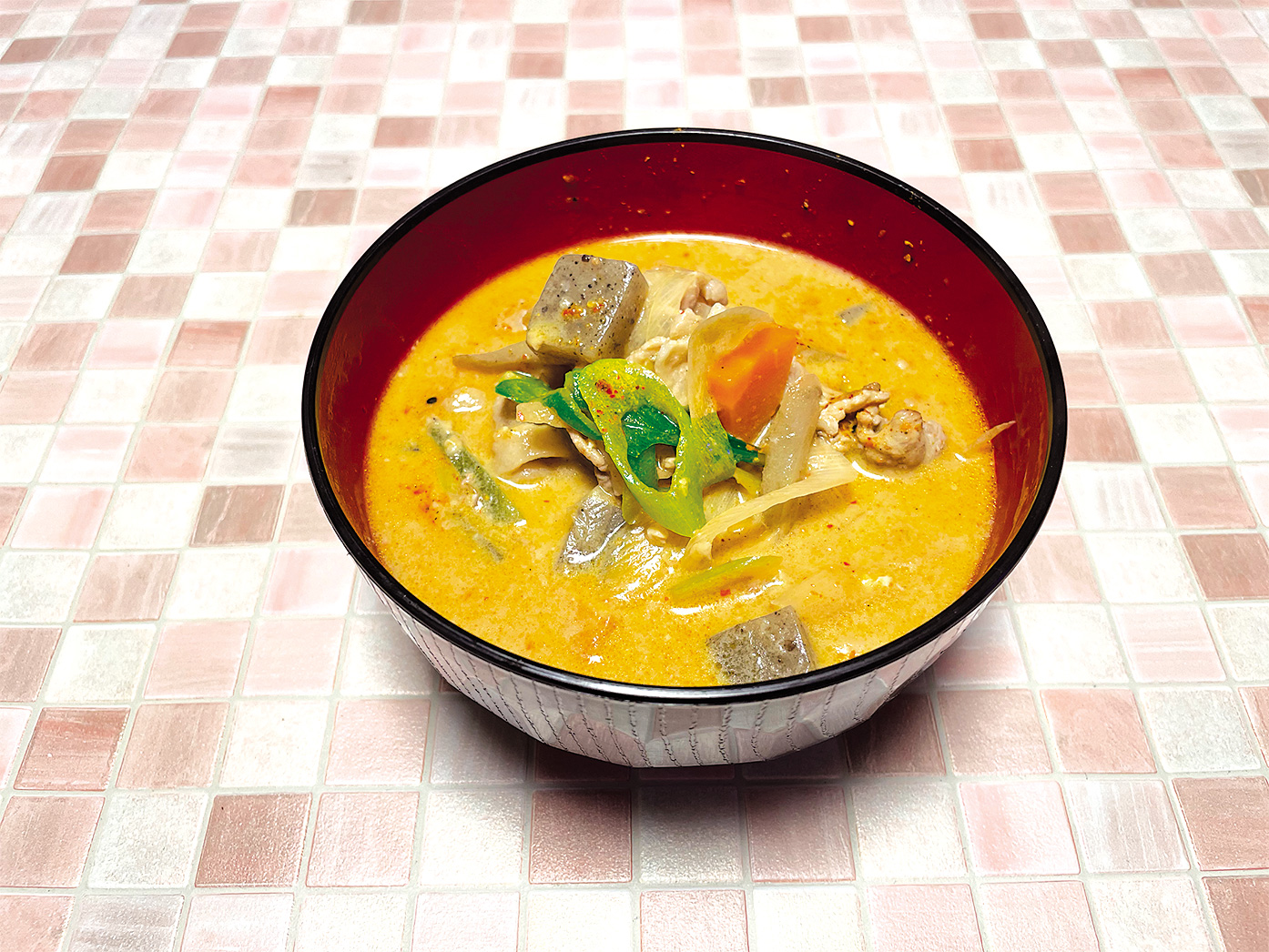
TONYU NO PIRIKARA TONJIRU (Spicy pork soup with soya milk) RECIPE 1 -Chop the white radish and carrot into small wedges. 2 – Slice the […]
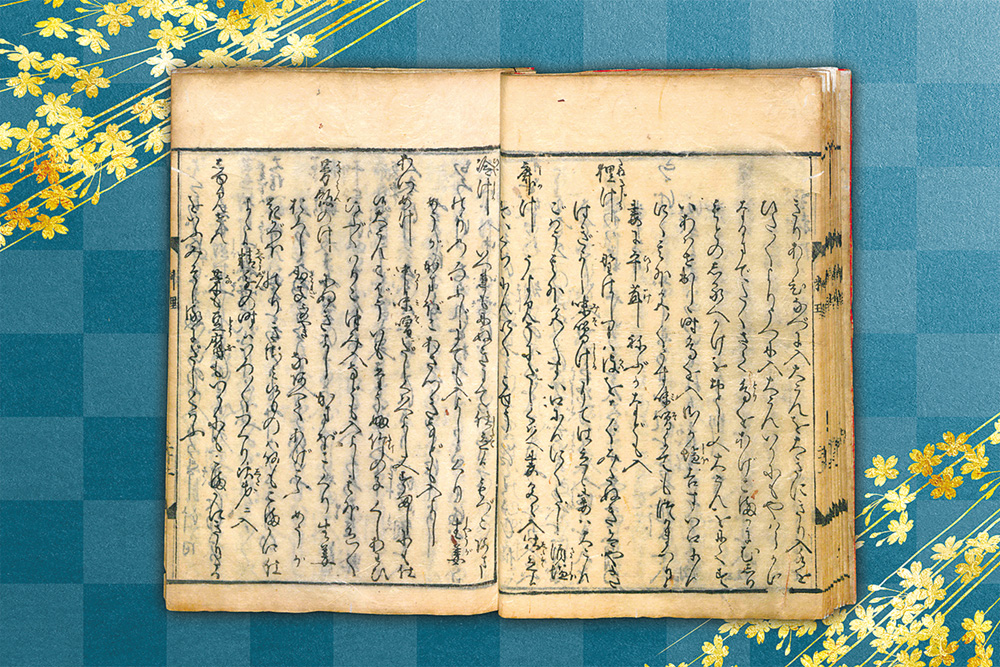
Published in 1643, Ryori monogatari [a treatise on cooking] includes soup recipes with venison or wild boar. A recently published book all about tonjiru “pork […]
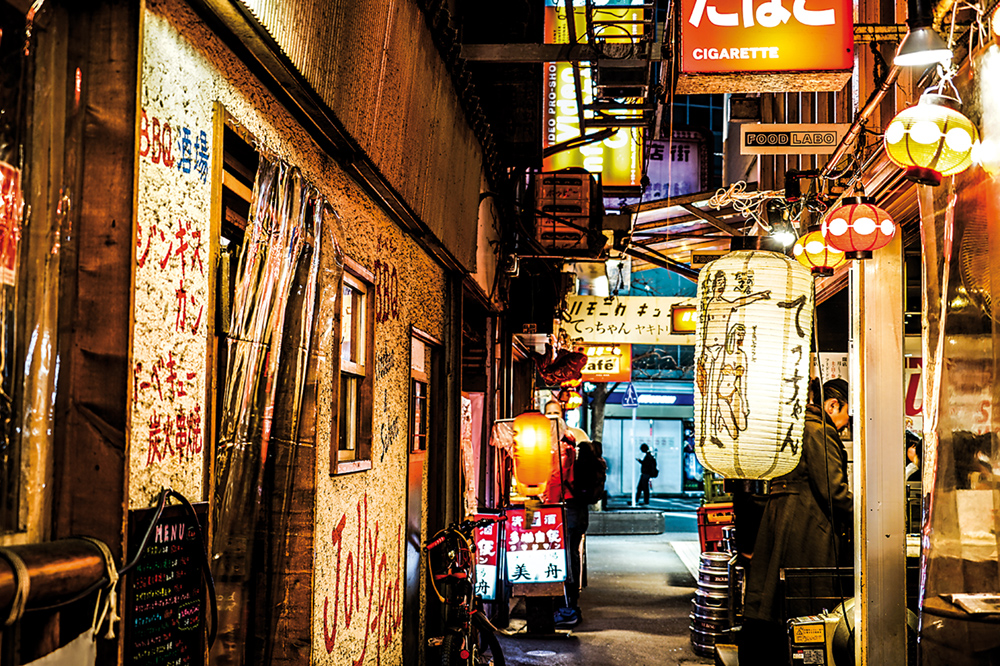
Hamonika Yokocho in Kichijoji is one of the district’s nightlife hotspots. Symbolic of the post-war period, these streets are experiencing a resurgence of interest. Yokocho […]
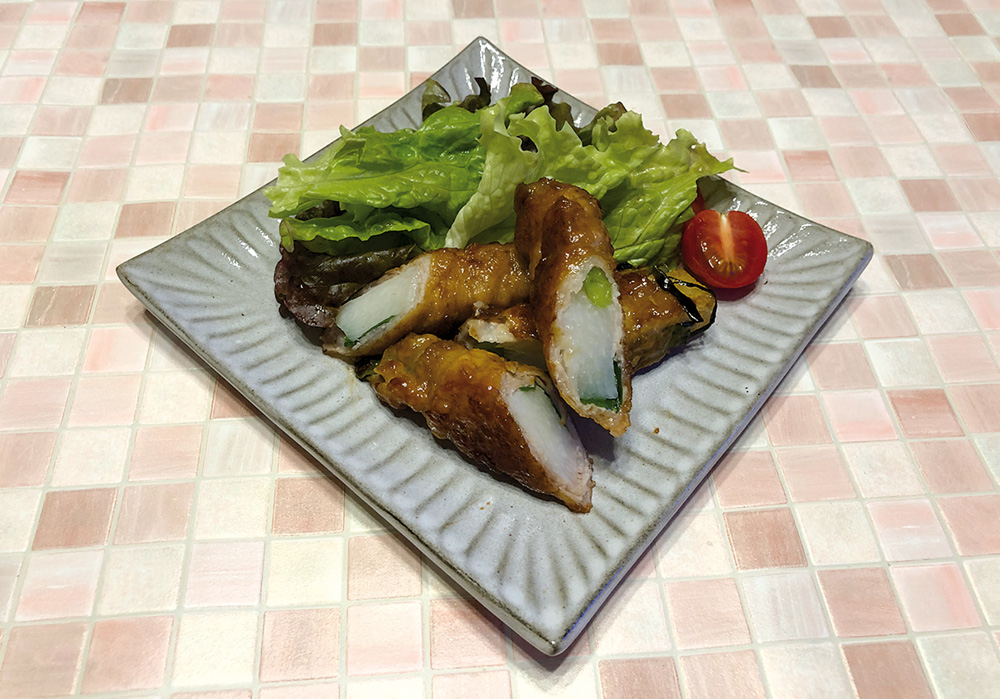
BUTANIKUMAKI (Pork rolls with taro) RECIPE 1 – Peel the taro and cut into batons. 2 – Cut the leeks to the same length as […]
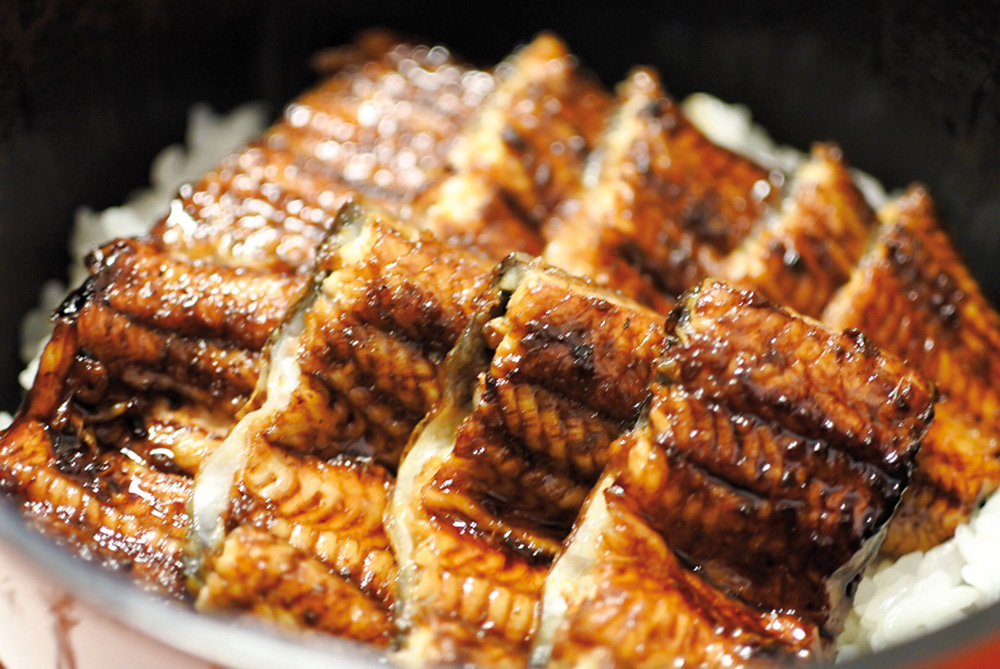
Eels, like the loach, were on the menu for those who wanted to flex their muscles. To keep healthy, the Japanese have set their sight […]
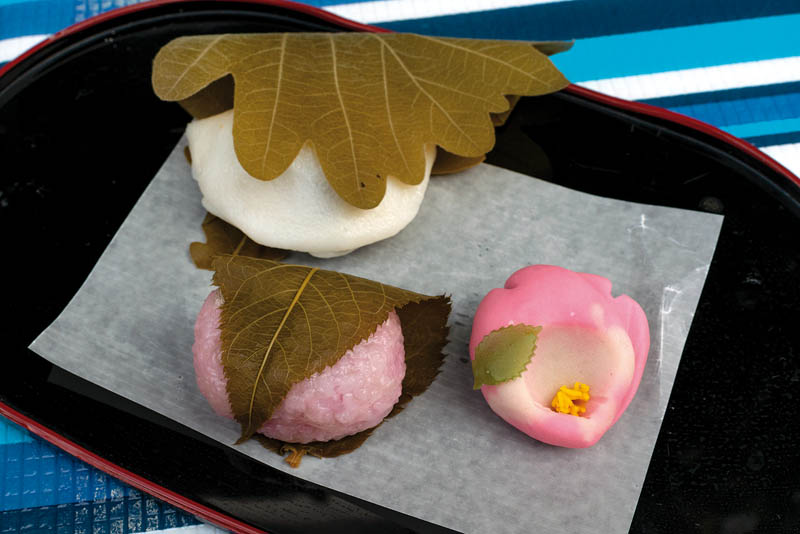
At the age of 78, Sakamoto Masahide is still passionate about his profession as a confectioner. The first thing one notices about Sakamoto Masahide are […]

The town, which has 26,000 inhabitants, is the leading producer of hops in Japan. Author of a reference work on the subject, journalist NODA […]

The fashion for “sweets from America” reached its height between 2006 and 2011. Over the past 50 years, the Japanese have become immersed in […]
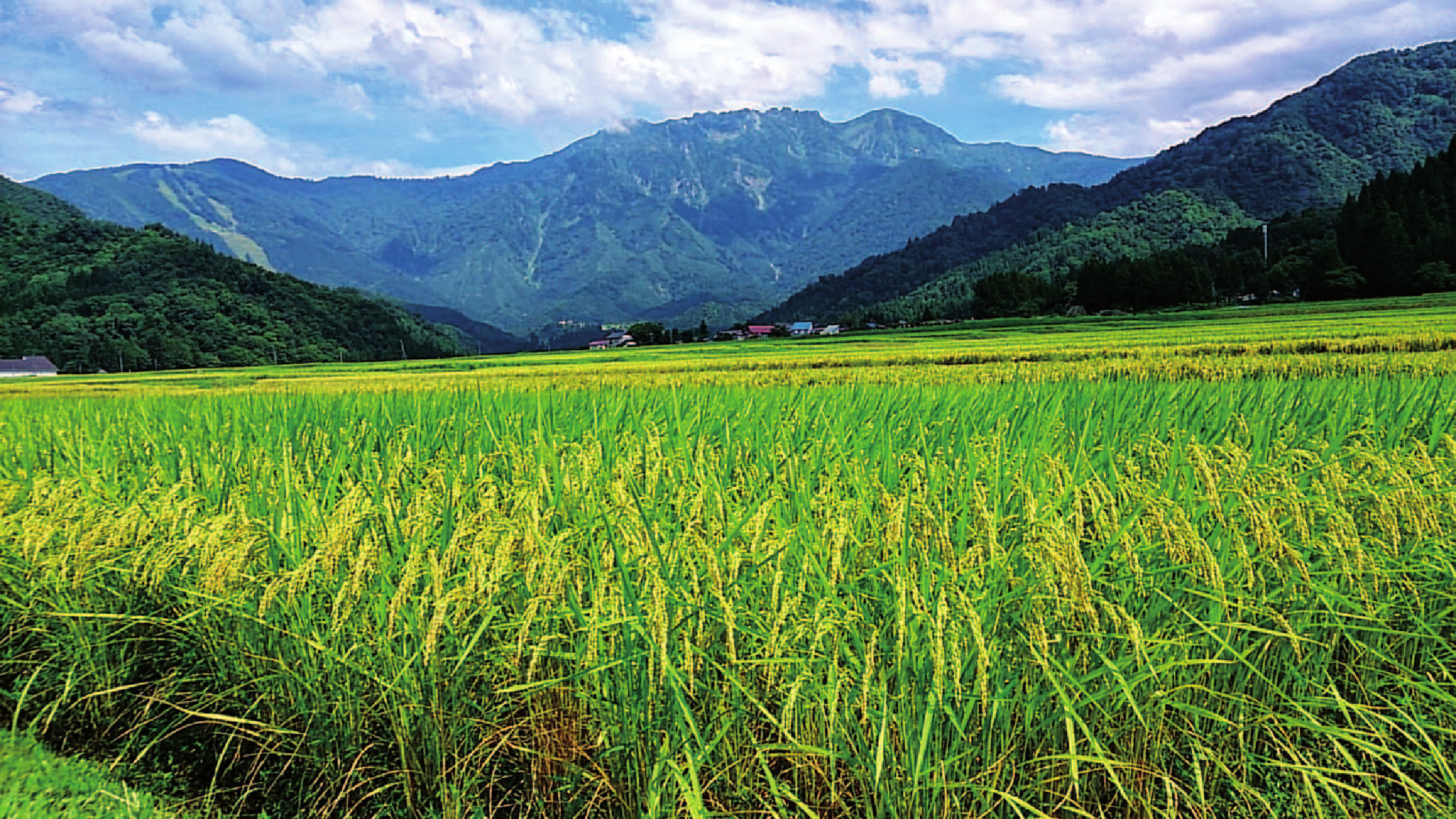
The prefecture is well ahead of Hokkaido and Akita in the production of rice nationally. Niigata prefecture is renowned for producing rice, but it […]
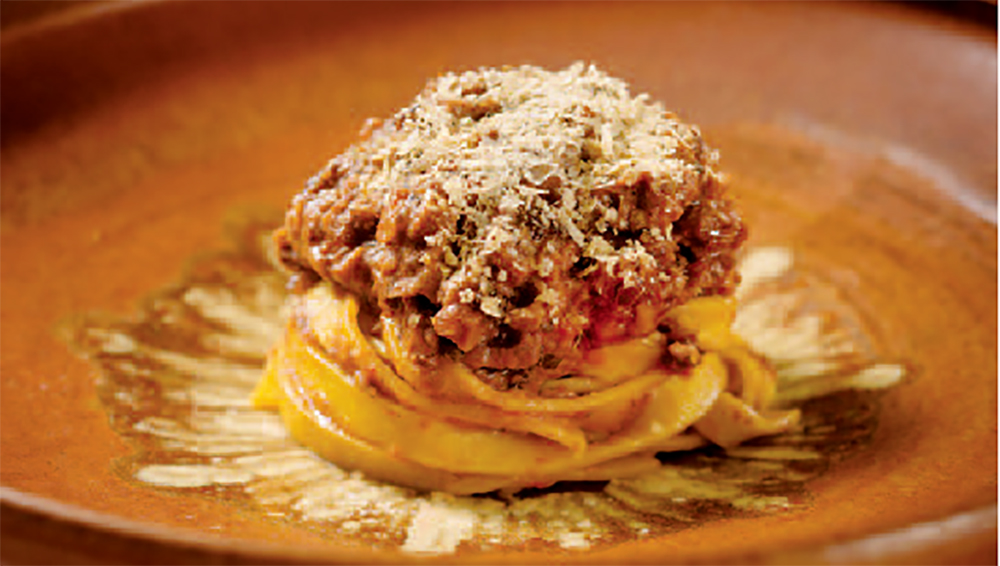
Vegan spaghetti Bolognese as served in Faro restaurant. Japanese chefs are committed to showcasing what they consider to be a “new cuisine”. The term […]
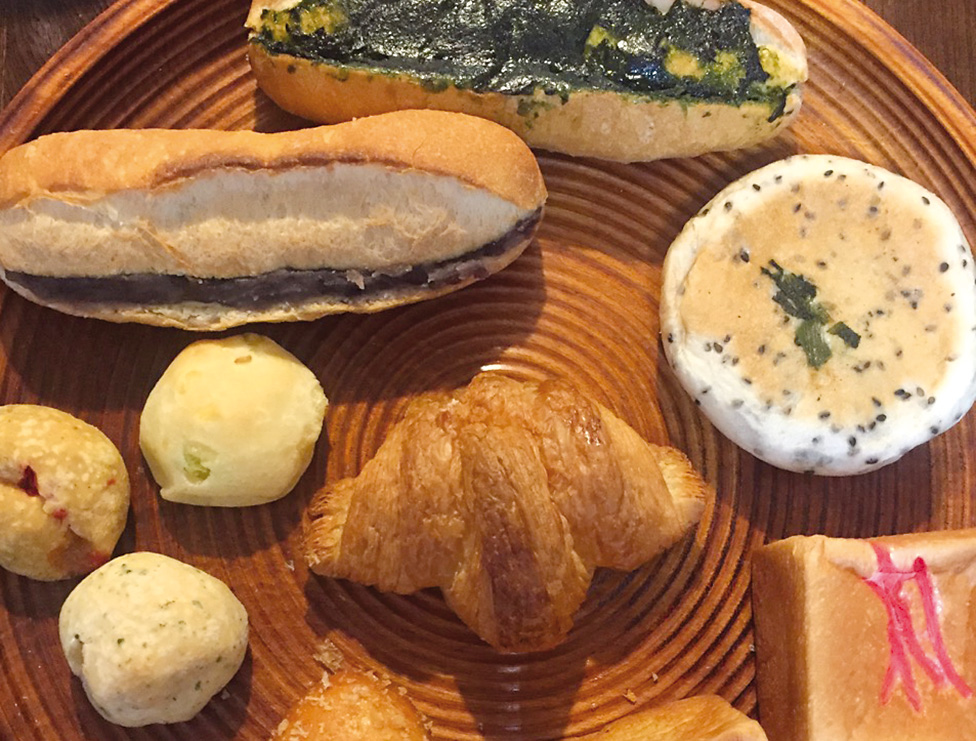
A sample of the products that Toshimaya offers its customers. This bakery in Kamakura, south of Tokyo, offers many speciality items including a range of […]

SOZAI PAN (Japanese bread with savoury filling) RECIPE 1 – Put the flour, yeast, salt, sugar and softened butter in a bowl. 2 – Add […]
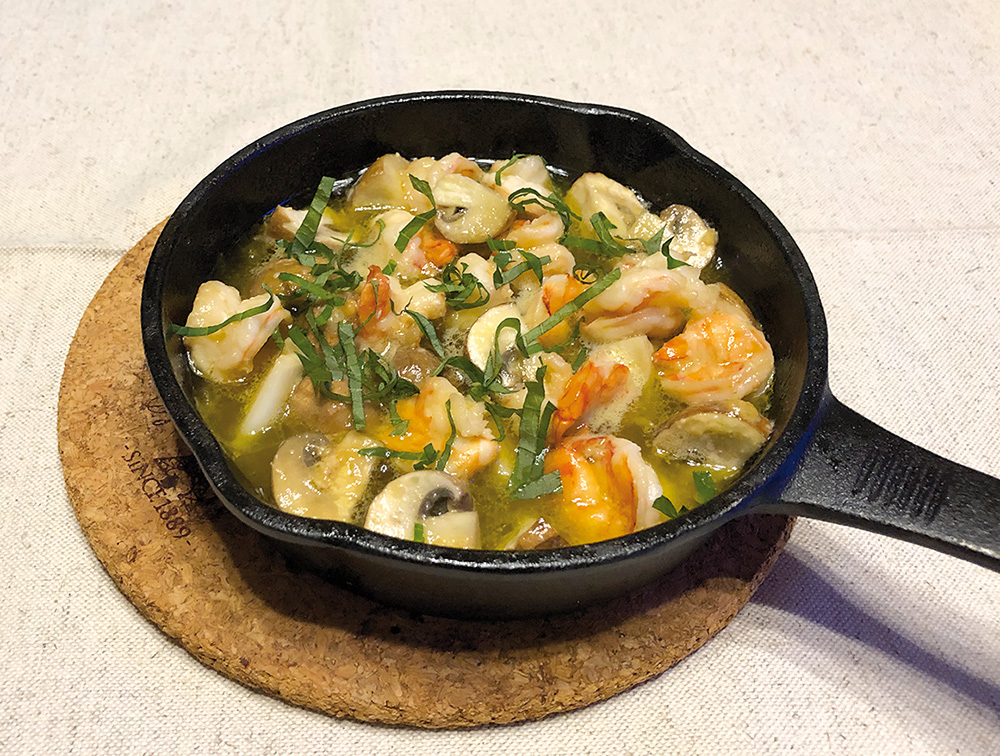
Ebi to kinoko no ahijo misofumi (Sauteed prawns and mushrooms with miso) RECIPE 1 – Cut the mushrooms into quarters. 2 – Shell and slice […]
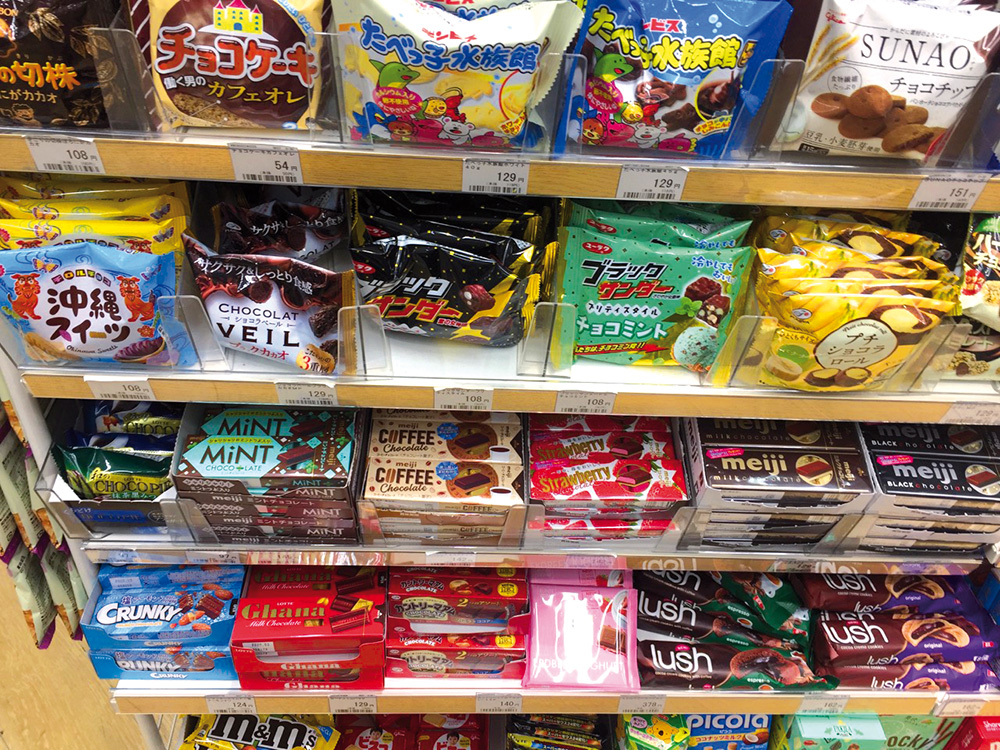
In the rainy season, products flavoured with mint, a symbol of freshness, make an appearance. In the mini-markets, one of the most interesting shelves is […]
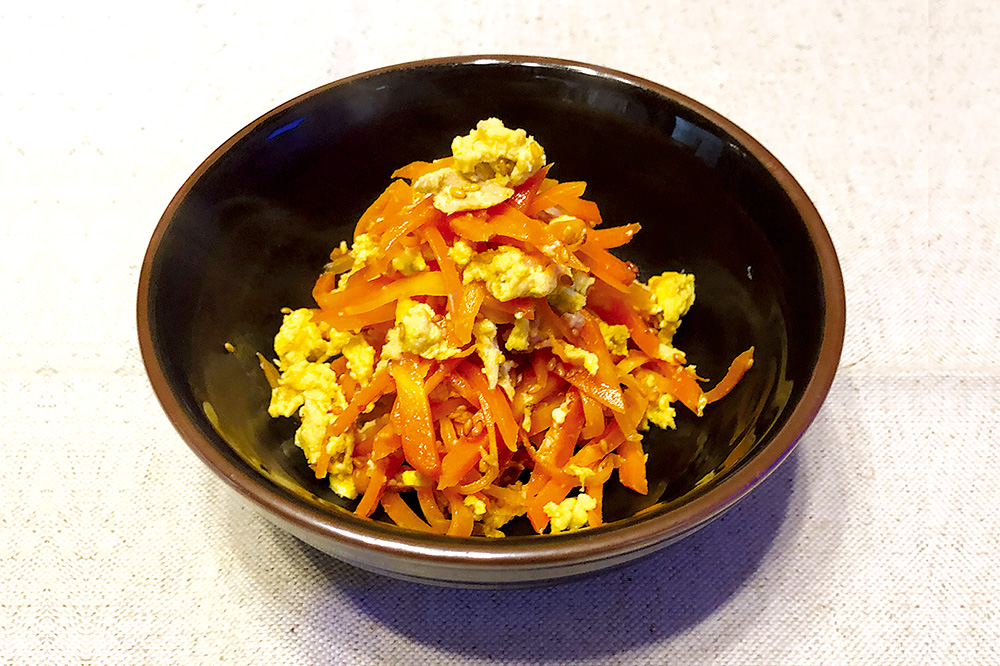
RECIPE 1 – Wash the carrot then cut into julienne strips. 2 – Heat a little oil in a frying pan and fry the carrot. […]
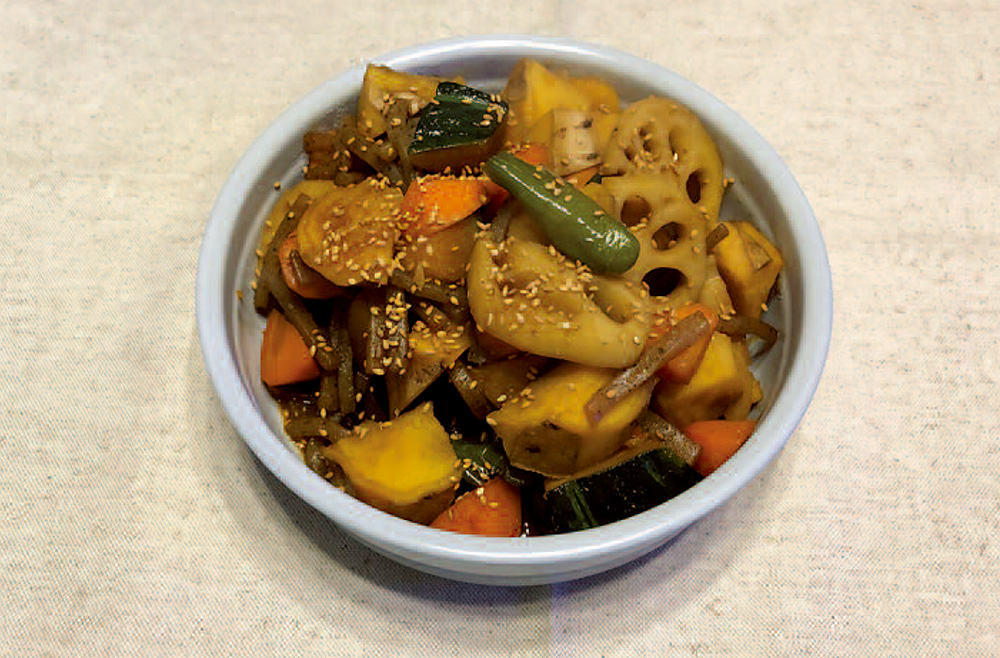
RECIPE 1 – Chop the vegetables into large chunks. 2 – Heat the oil in a frying pan, then stir fry the vegetables except for […]
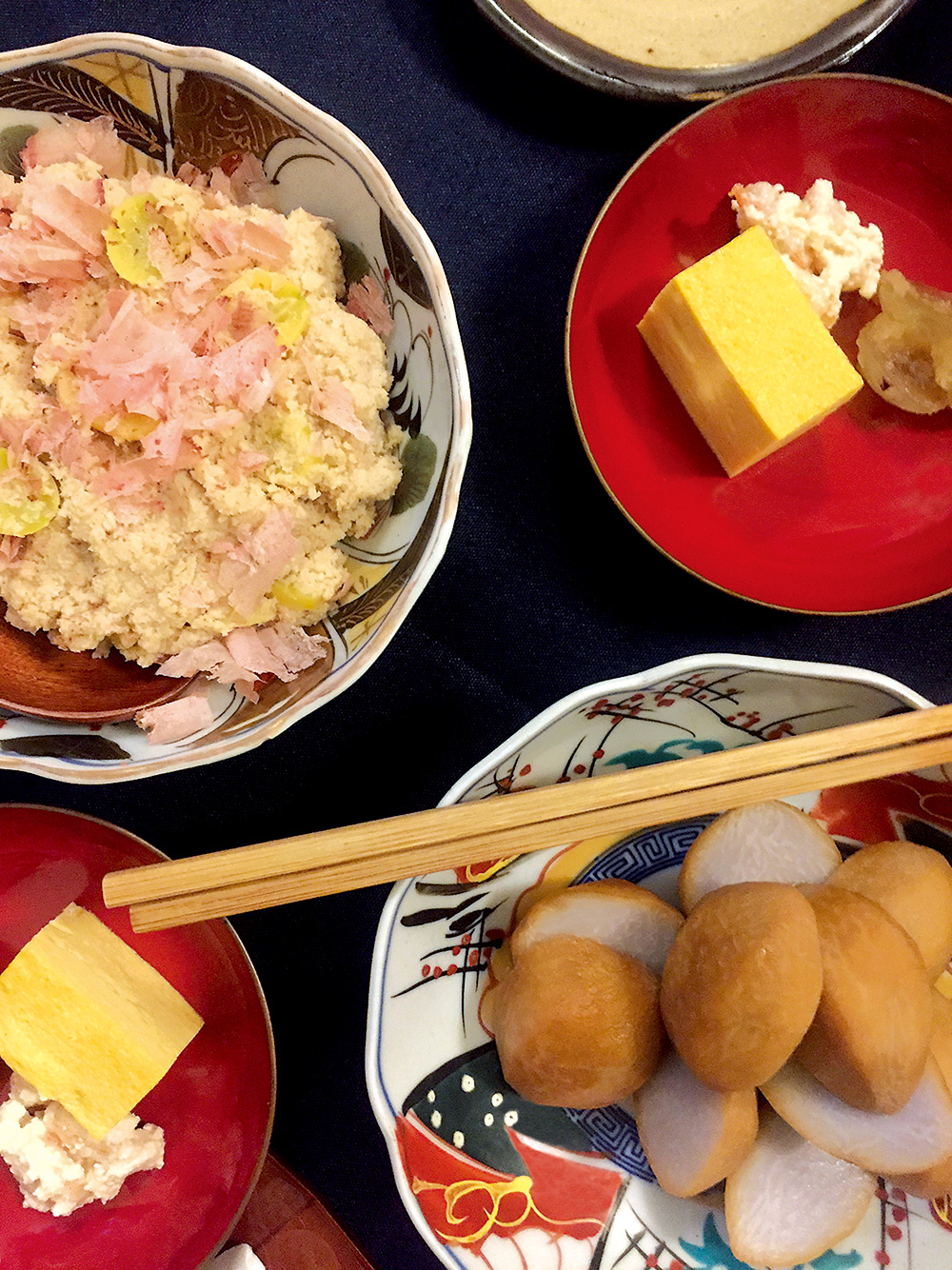
In his restaurant located in the heart of the capital, chef KAIBARA offers a wonderful culinary experience. An expert on the cuisine of the […]
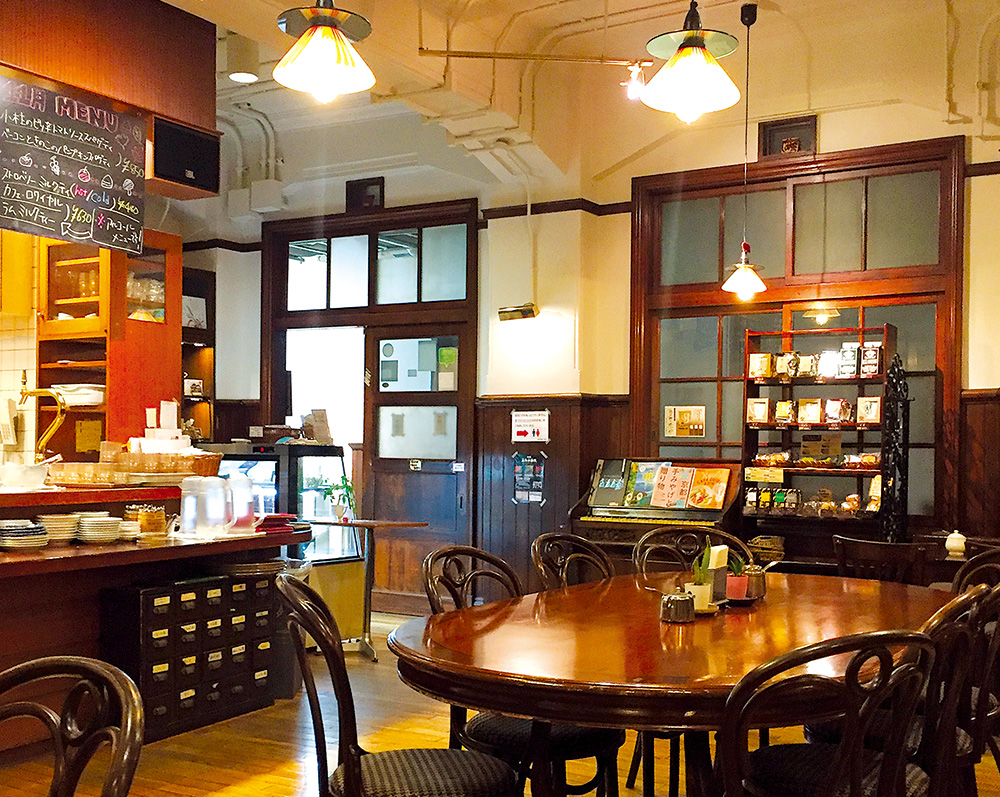
Forever open to new ideas, the former Imperial capital has naturally adopted bread more readily than elsewhere. If your image of Kyoto is of a […]
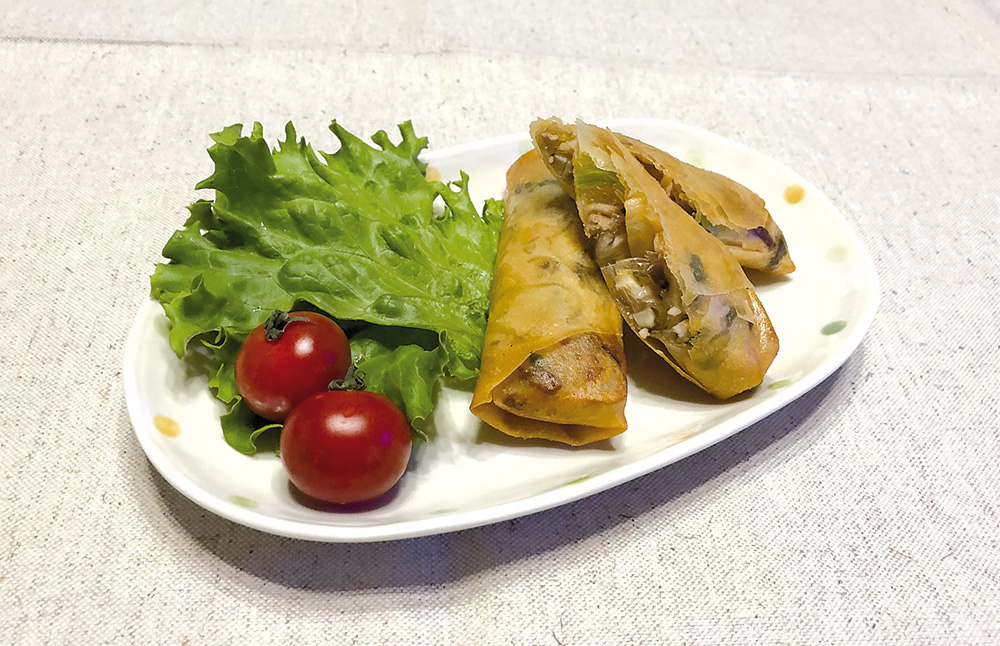
RECIPE 1 – Boil some water in a saucepan and cook the vermicelli for 3 minutes. Then drain. 2 – Chop the nira into 3-4 […]
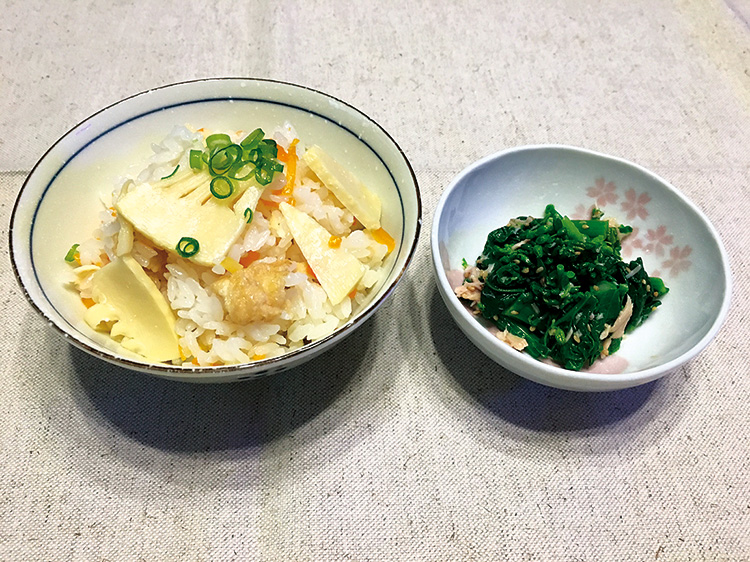
RECIPE For the rice with bamboo shoots: 1 – Rinse the rice three times. Drain then set aside to swell for 30 minutes. 2 – […]
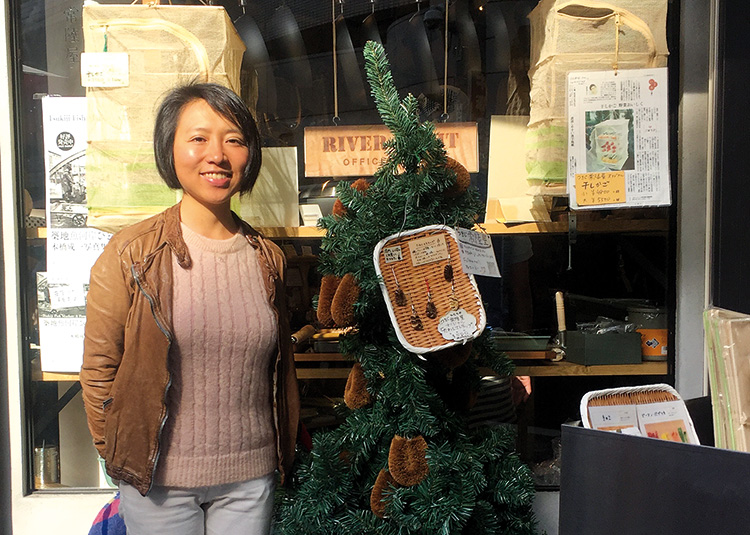
In the vicinity of the former Tsukiji fish market, there’s a shop selling the highest quality kitchen utensils. Hirota Yuki next to her tawashi scrubbing […]

A three-star cuisine is available on board the Orange Restaurant in the midst of lovely scenery. The Orange Restaurant operates along the 117km of […]
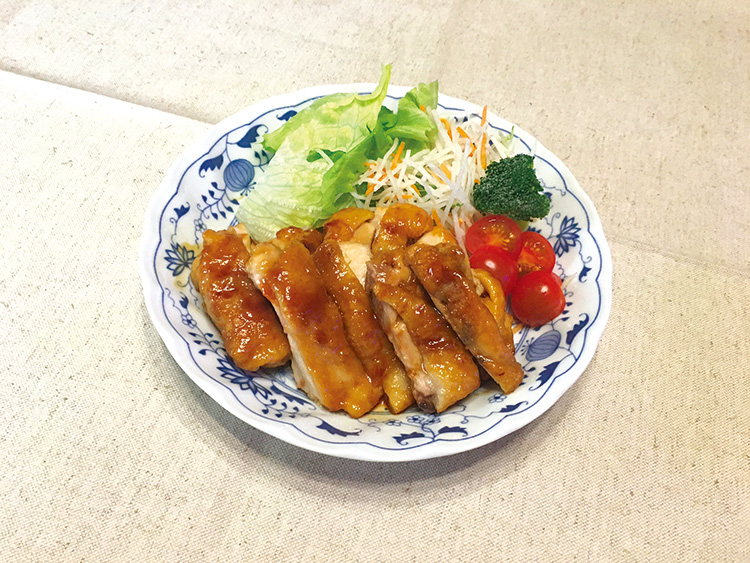
RECIPE 1 – Mix all the ingredients for the sauce together. 2 – With a fork, prick the pieces of chicken. 3 – Coat the […]
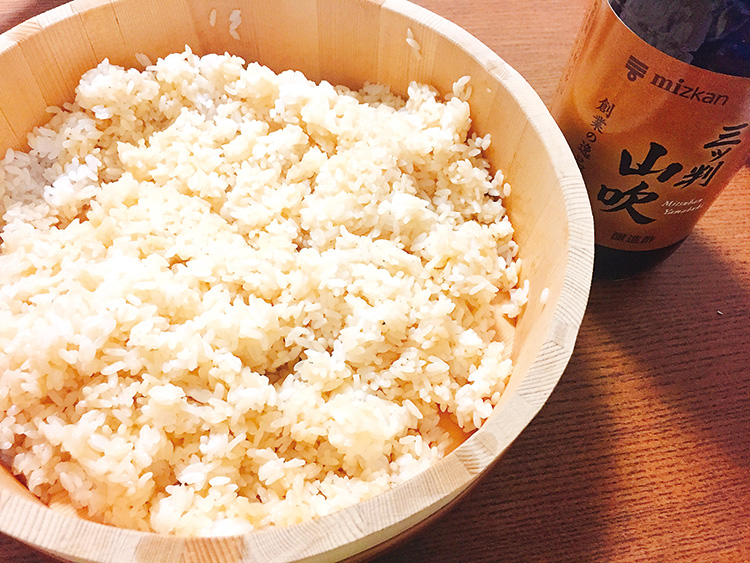
The Mizkan Group has recently begun marketing a red vinegar made using traditional methods. In common use in the past, this ingredient finally disappeared […]
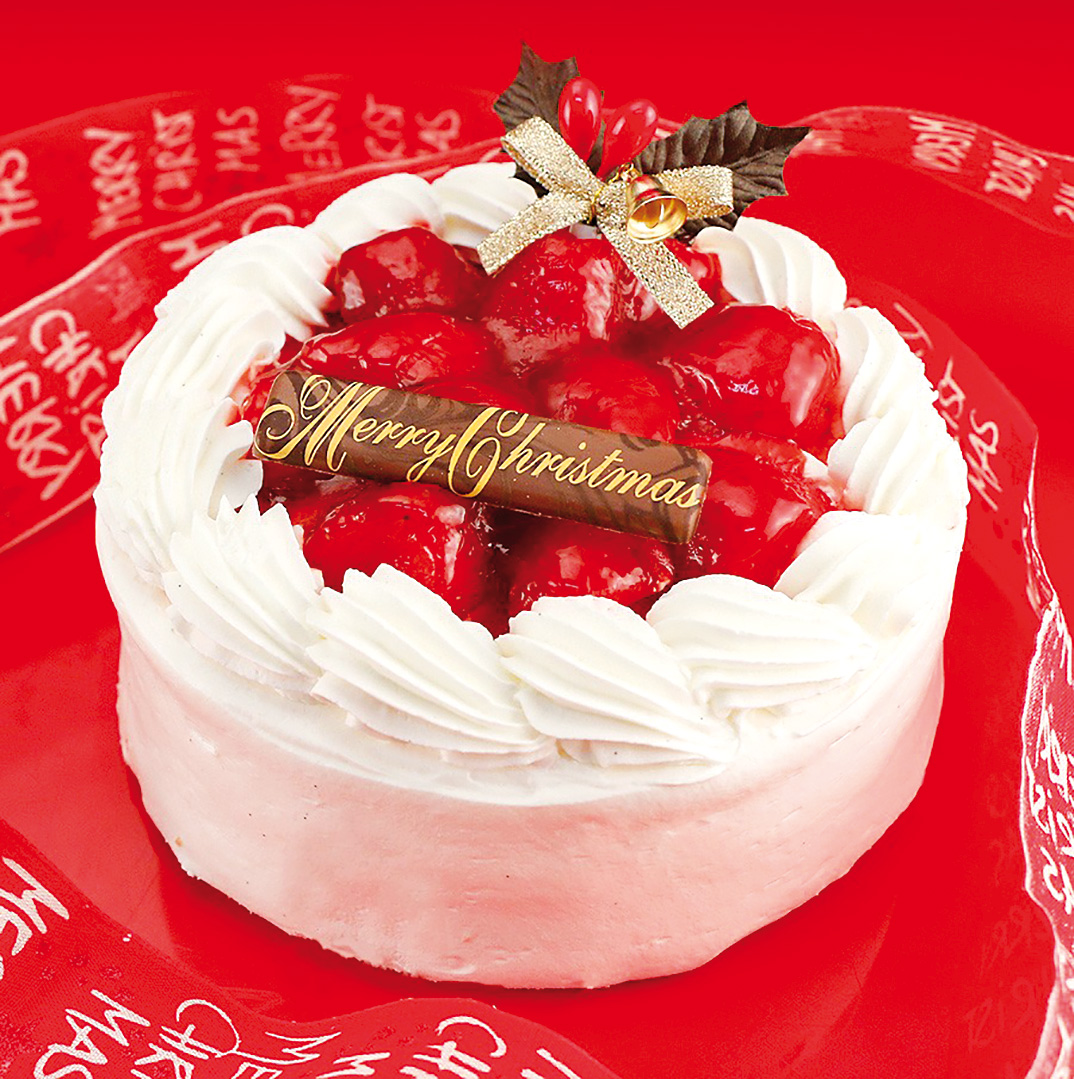
Strawberry cake, commonly known as shortcake in the Archipelago, remains the iconic cake of Christmas in Japan. An imported tradition, celebrating on 25 December evolved […]
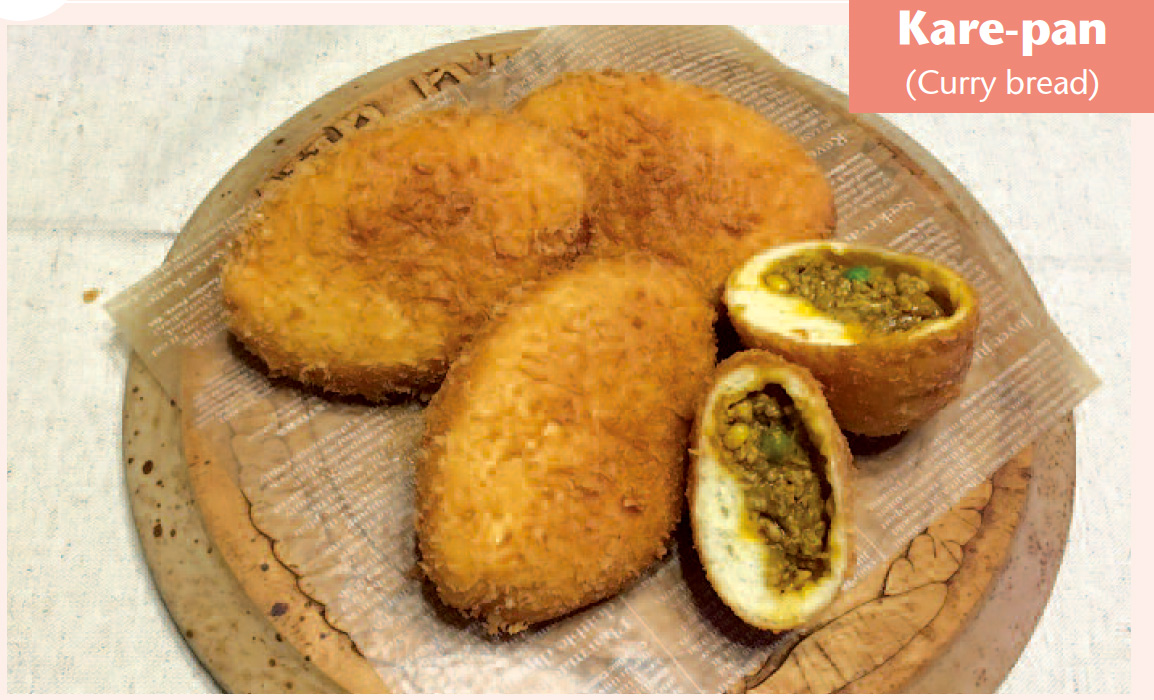
RECIPE Bread dough: 1 – in a bowl, mix the dried yeast and 1/4 teaspoon sugar. then add 2 tablespoons of warm water (about 30°c). […]
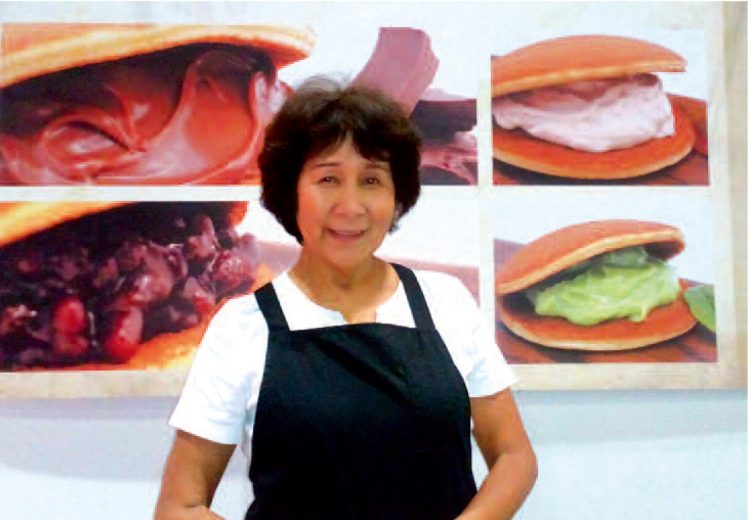
A sweet favourite for 150 years. What is the secret of daifukumochi’s popularity? Wagashi, traditional Japanese sweets, enjoy both a long history and over 100 […]
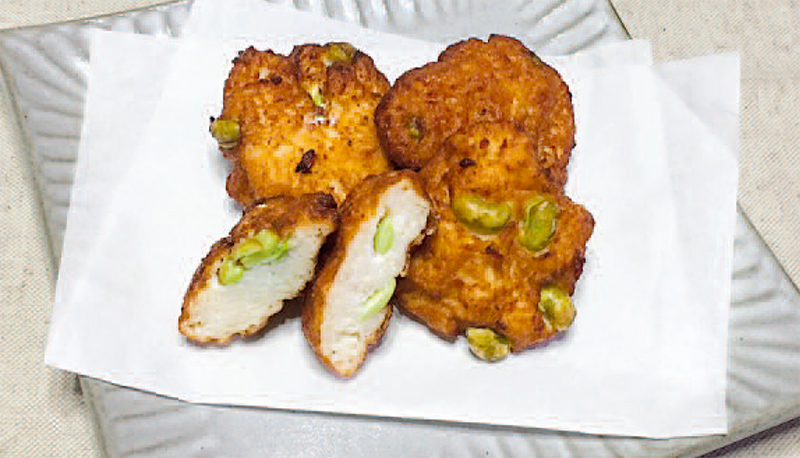
RECIPE 1 Boil the edamame for 3 minutes, then drain. 2 Blend the fish and salt in a food processor. 3 Add the well-drained tofu, sugar, […]

In Tokyo, there’s a restaurant unlike any other, where you can discover food from around 6,850 islands in the archipelago. The Japanese archipelago is made […]
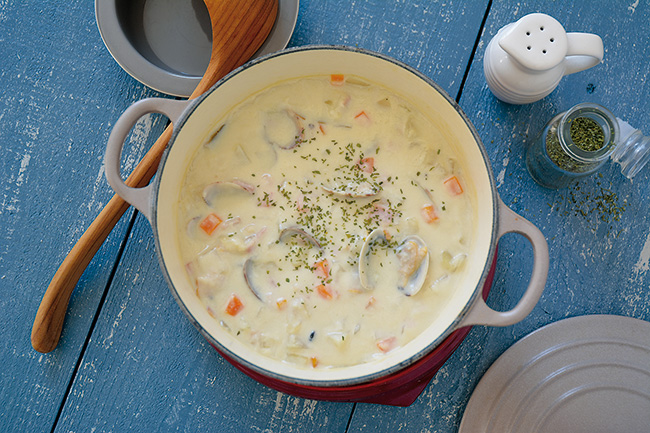
Sakekasu, the compressed dregs left over from sake brewing, have become a fashionable side product in the archipelago. Sakekasu is used in many recipes to […]
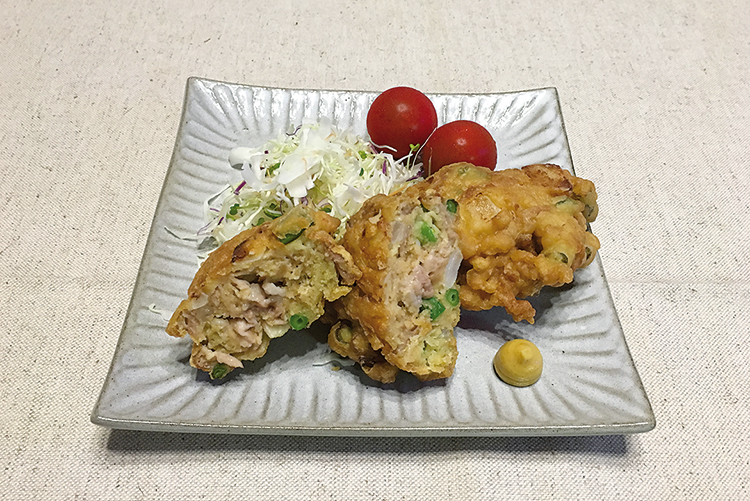
RECIPE This recipe was a particular favourite of the writer NATSUME Soseki (1867-1916). 1 Chop the green beans and onions into cubes. 2 Cut the shredded […]

In this unusual restaurant, guests can enjoy the favourite dishes of famous writers. Designed by KUSANAGI Yohei, this restaurant allows guests to taste writers’ dishes. […]
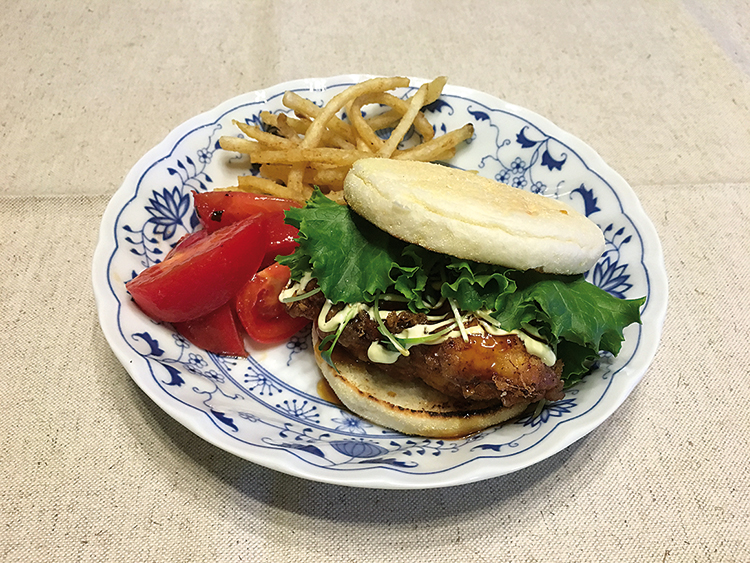
RECIPE 1 Flatten the chicken breasts and cut them in half. 2 Mix together all the marinade ingredients. 3 Marinade the chicken for at least 2 […]
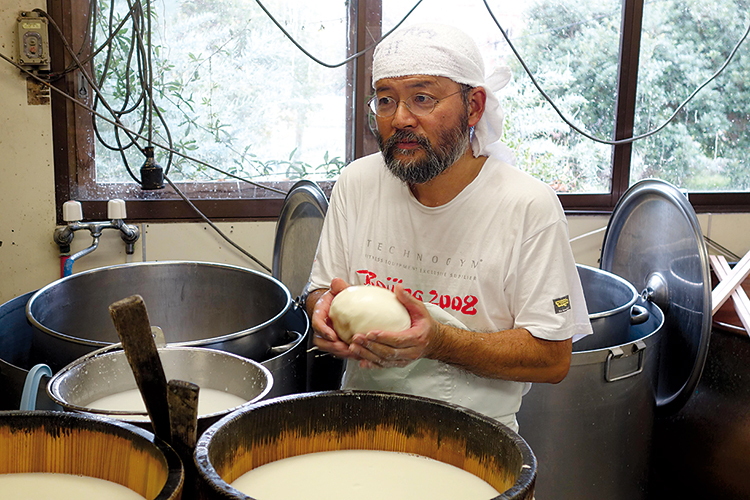
Committed to producing cheese, YOshidAZensaku imparts his knowledge and skill in Nepal and Bhutan. Yoshida Zensaku finds cheese an excellent means of encouraging dialogue. […]
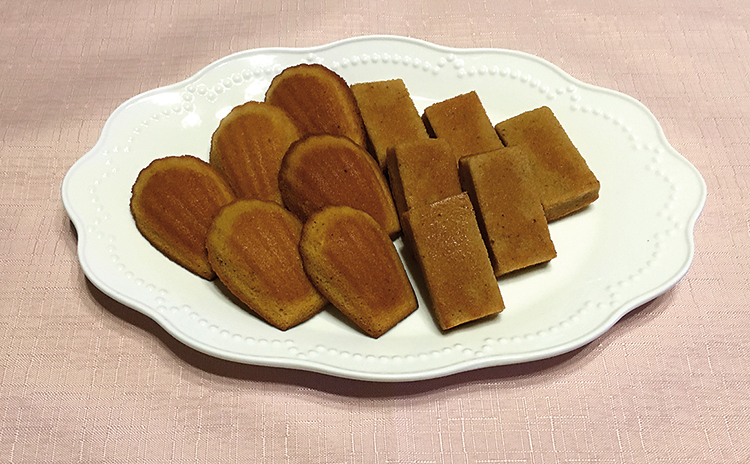
RECIPE Before starting, sift together flour, almond flour and baking powder. 1 In a saucepan, melt the butter and cook until nutbrown in colour (beurre […]
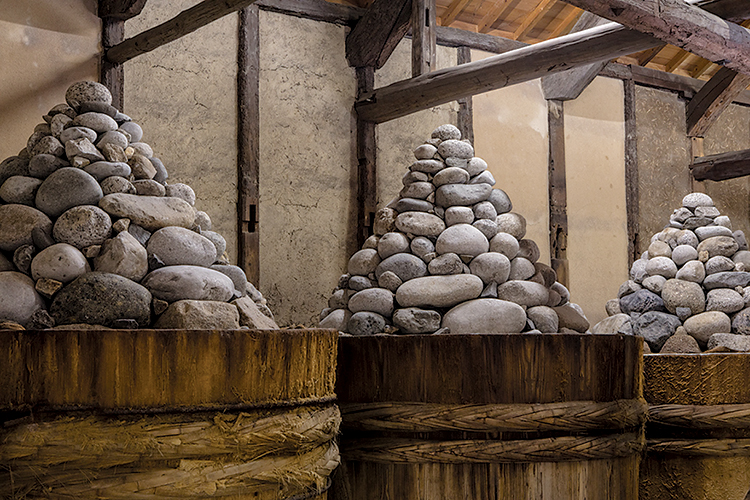
An administrative decision means a product that’s been around for more than 400 years risks disappearing. Hatcho miso is aged for two years in kegs […]
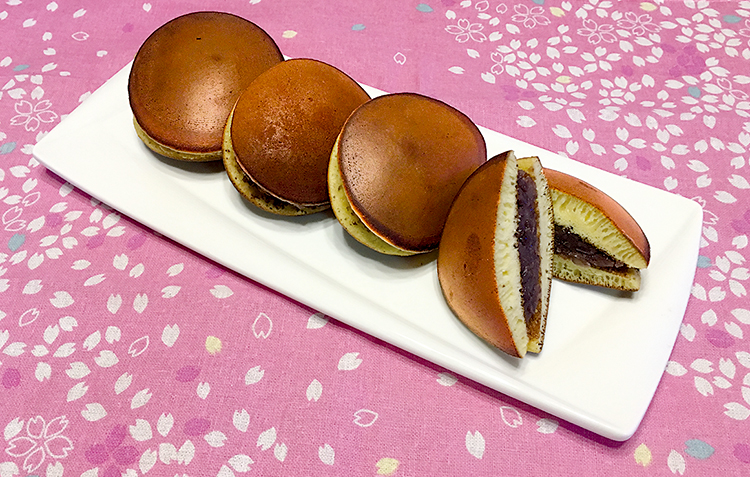
RECIPE 1 Wash the aduki beans, then boil in a large amount of water. 2 When the water boils, add a bit of cold water […]
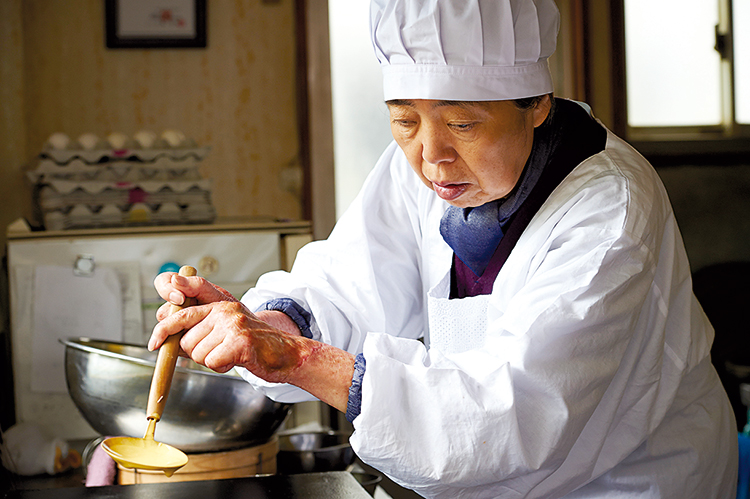
Not so very long ago, people with leprosy were cut off from the world and had no choice in what they ate. Film director Kawase […]
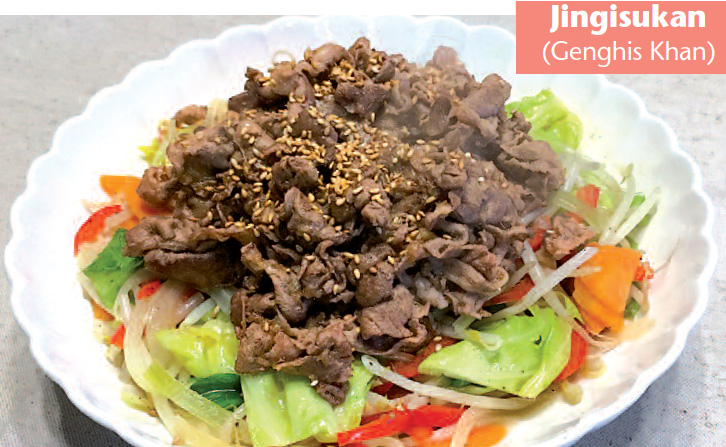
RECIPE 1 To prepare the sauce: mix together the chopped onion, grated ginger, soy sauce, mirin and honey. 2 In a frying pan, heat the […]
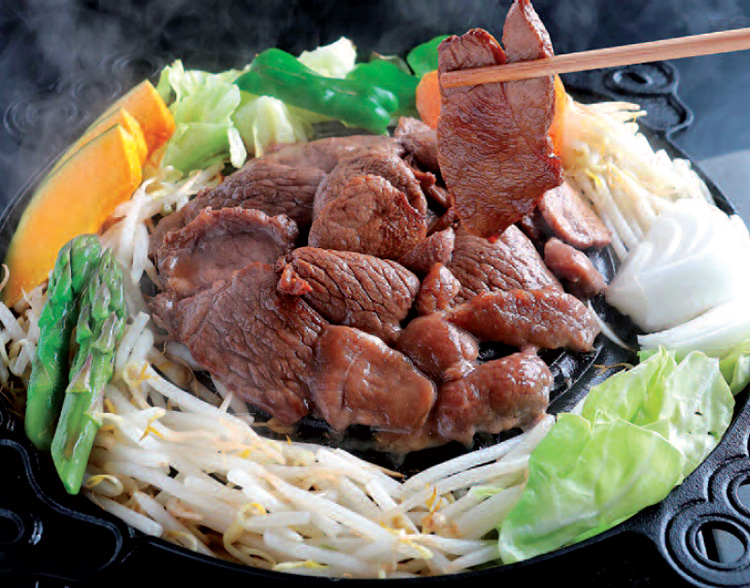
Jingisukan is part of Hokkaido’s culinary heritage, even if its origins remain a mystery. Named after the celebrated warrior Genghis khan, this dish based […]

Over the past 32 years, Ueyama Tochi’s manga has inspired millions of men to take up cooking. For at least forty years, manga have been […]
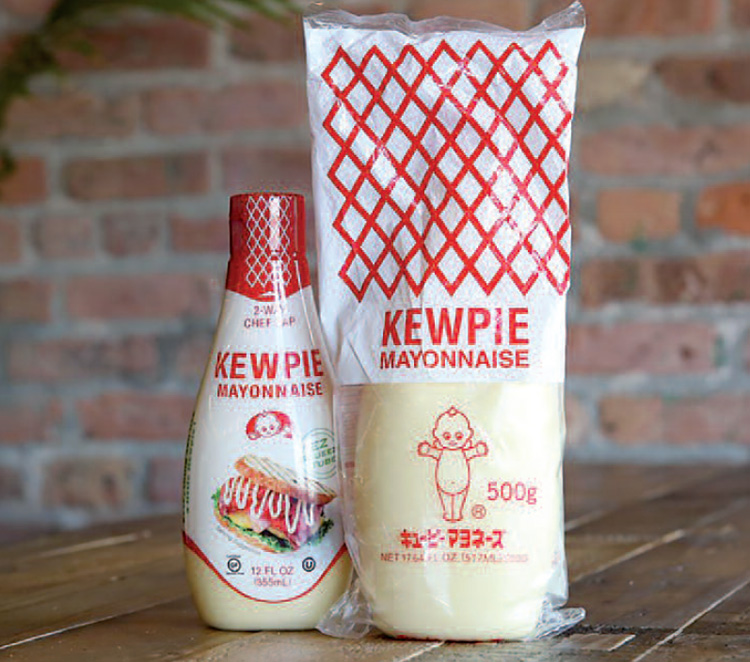
The Japanese are crazy about it. Some people eat it with everything, even cakes… If you look inside the fridge of any of your […]
![p15 No57 [HARUYO’S RECIPE] TORI MAYO (Chicken with mayonnaise sauce)](https://www.zoomjapan.info/wp/wp-content/uploads/p15_kitchen.jpg)
METHOD 1 Thinly slice the chicken. 2 Marinate the chicken in the sake, vinegar, salt and pepper for at least 10 minutes. 3 In a bowl, […]
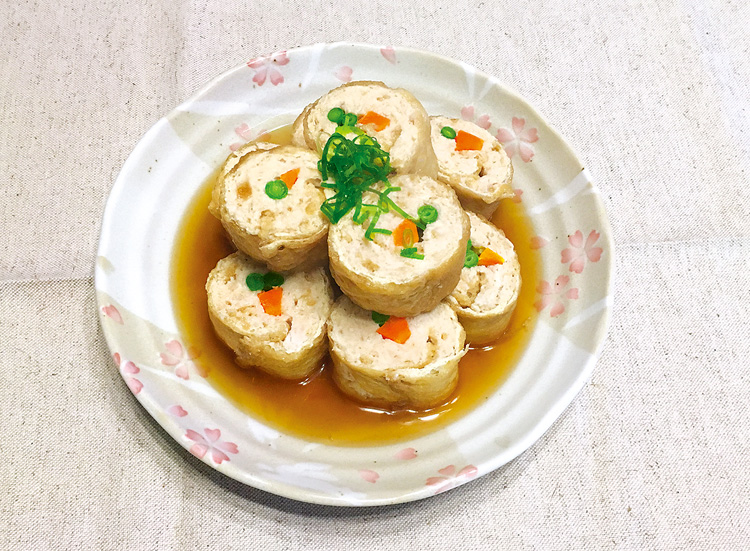
RECIPE 1 Slice the carrot into thin sticks, then blanch with the beans. 2 Flatten the fried bean curd with a rolling pin. 3 Cut […]
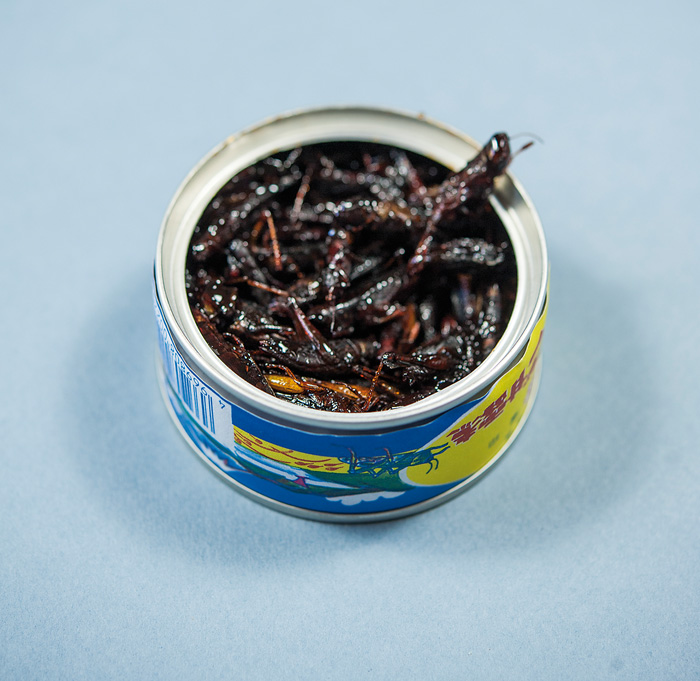
Even though they’re gradually disappearing from Japanese dishes, grasshoppers and wasp larvae remain popular. Surrounded by the sea which supplies all that’s needed to […]
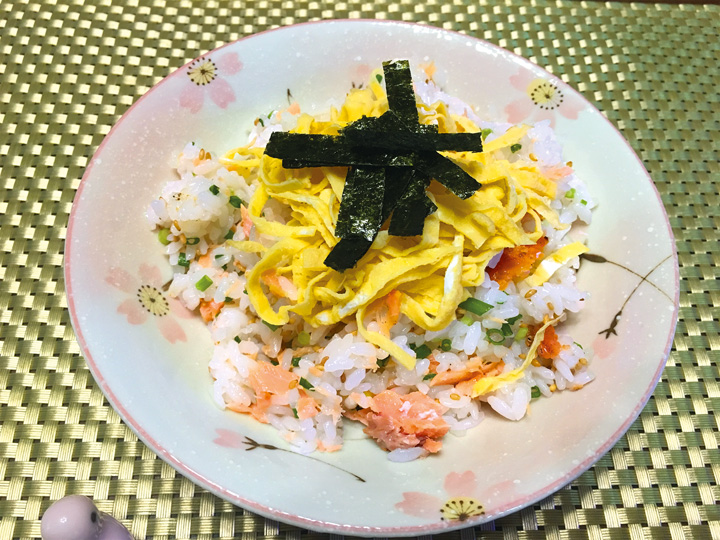
RECIPE 1 Grill or fry the salmon. 2 Flake the cooked salmon. 3 Beat the eggs together and add the cornflour mixed with half a […]
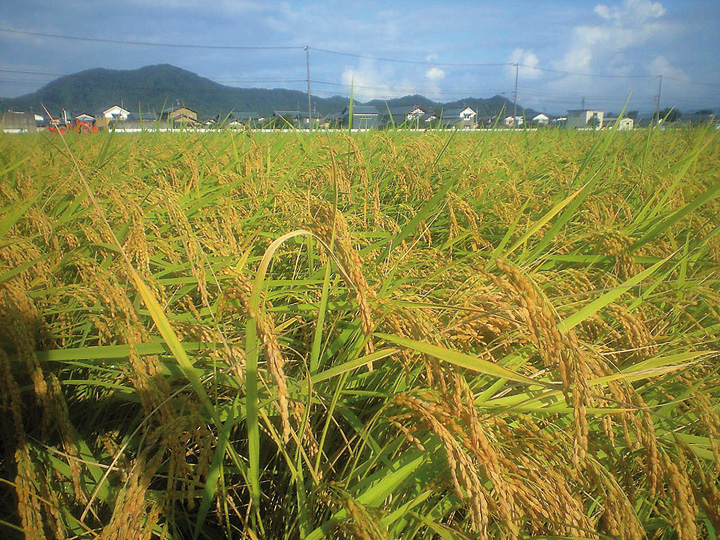
Choosing which variety of rice to eat is as important in Japan as choosing bread in France. There’s a lot to take into consideration. […]
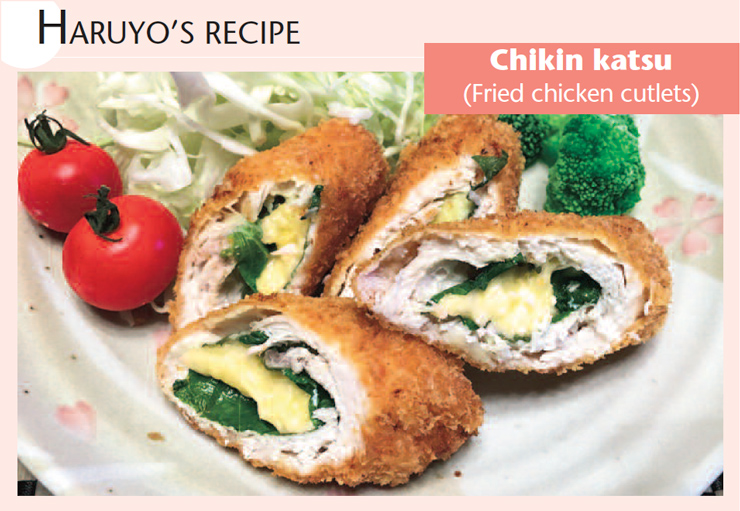
RECIPE 1 Remove the chicken skin and cut the flesh into 10 fillets. 2 Place the fillets between two sheets of cling film and flatten […]
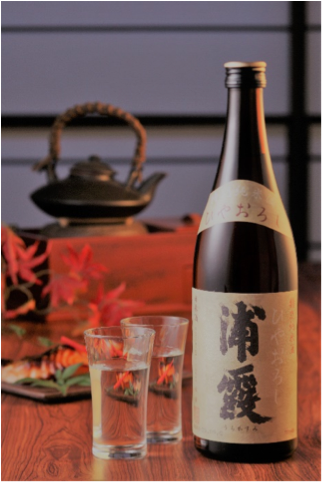
as Japan’s sweltering and languid summer passes, autumn is the season when appetites come back with vengeance. It is the season for harvesting and the […]
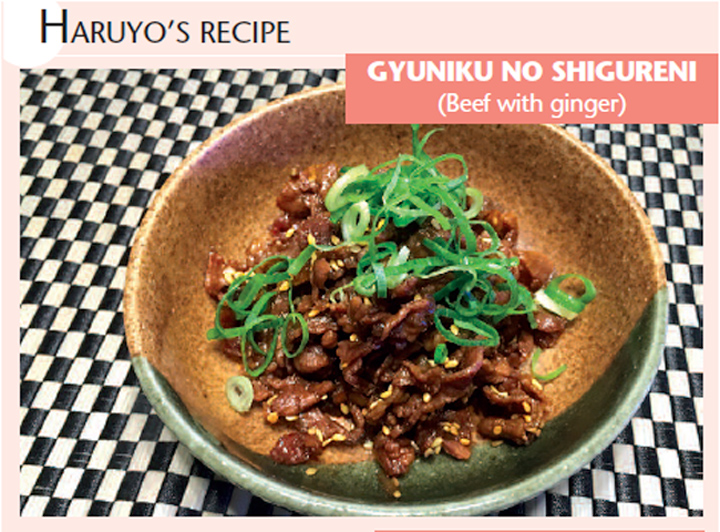
RECIPE 1 In a saucepan, pour the sake over the beef. 2 heat until the sake evaporates. 3 add water and bring to a boil. […]
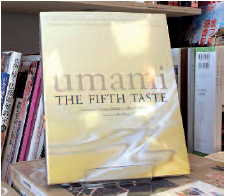
Discovering new flavours is always exciting, but umami will open your eyes to an undiscovered taste. often ambiguously defined, the term “umami” is seen occasionally, […]
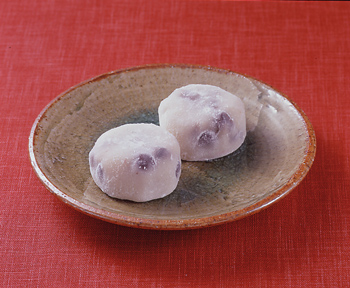
Daifuku is one of japan’s most popular confectionary varieties, and is enjoyed by people of all ages, throughout the seasons. Its origins can be traced […]
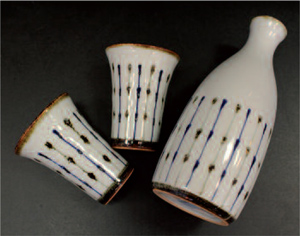
The world of sake can seem daunting, but it can be enjoyed just as simply (and often!) as wine. So strong is the connection that […]
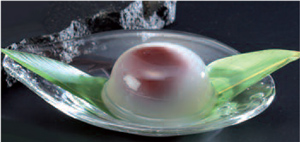
Kuzu Manju are a well-known type of confectionary that are traditionally eaten during the summertime in Japan. They have been eaten since the Edo period […]
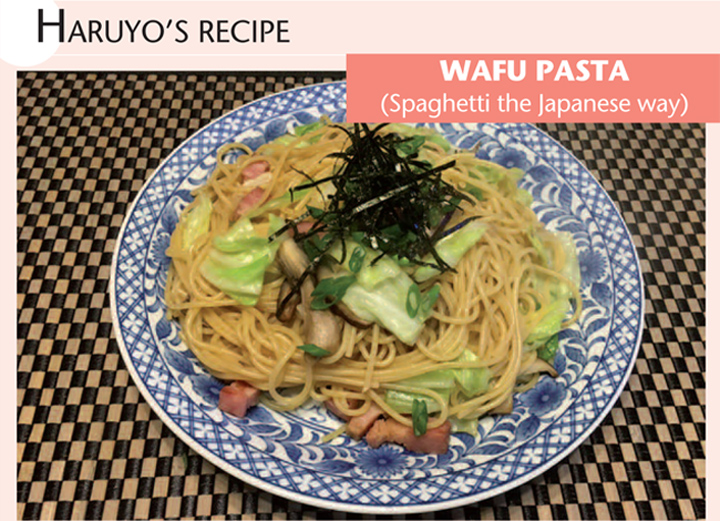
RECIPE 1 Fry the bacon in oil, in a frying pan. 2 Add the chopped shiitake and the maitake. 3 Add the cabbage, sliced into […]
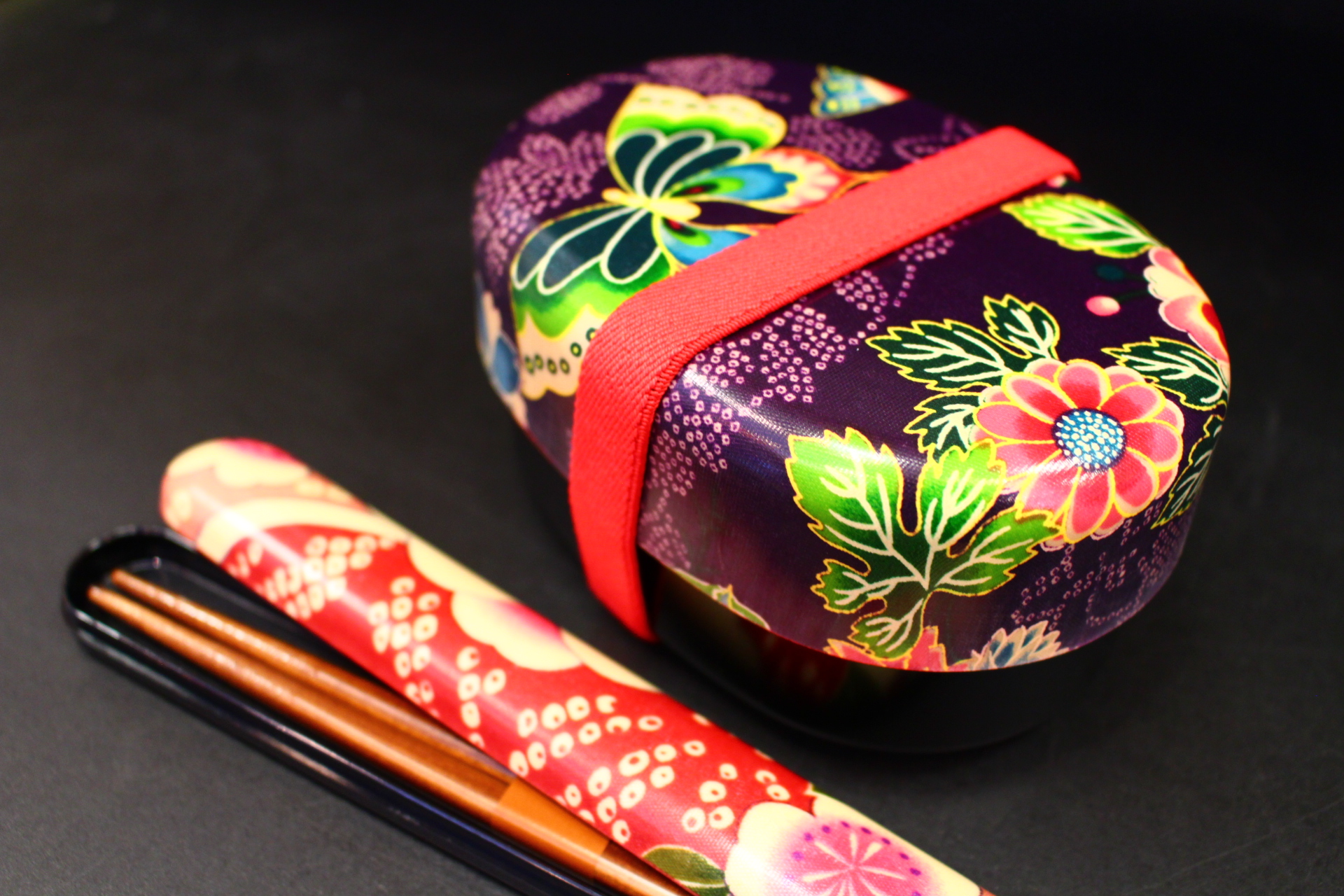
A tradition of creating lunch boxes that started in kabuki the at res now permeates daily Japanese life. In the U.K., many people associate […]
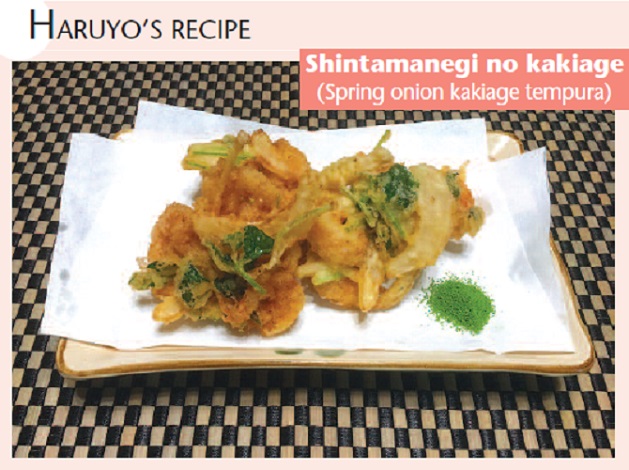
How to prepare 1 – Slice the onion and mitsuba into 3 cms thick pieces. clean the shrimps, drain them and reserve. 2 – In a bowl, […]
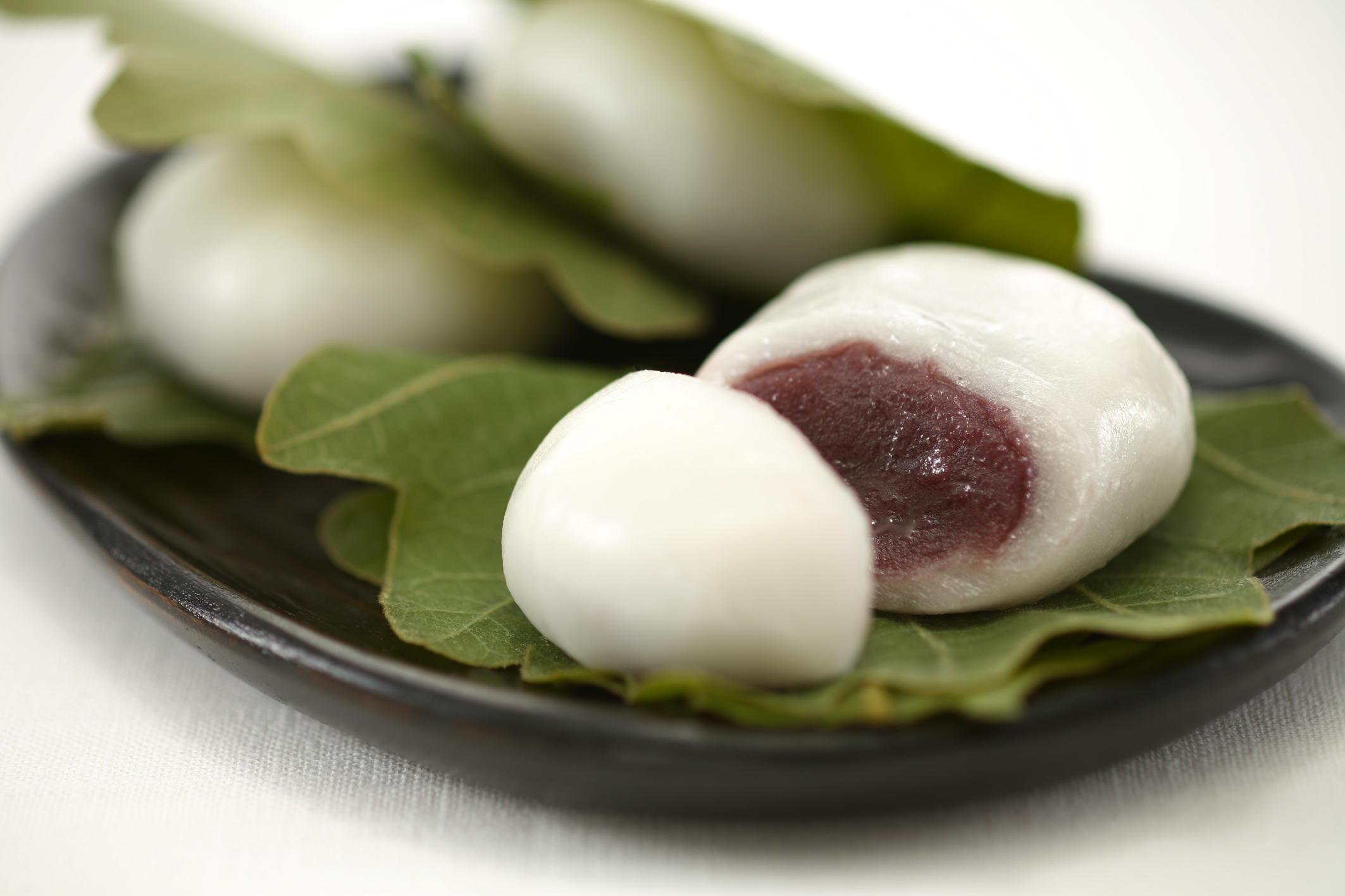
Kashiwa mochi is a kind of traditional Japanese sweet that slightly resembles a white clamshell. It is made from a sticky rice cake filled with […]
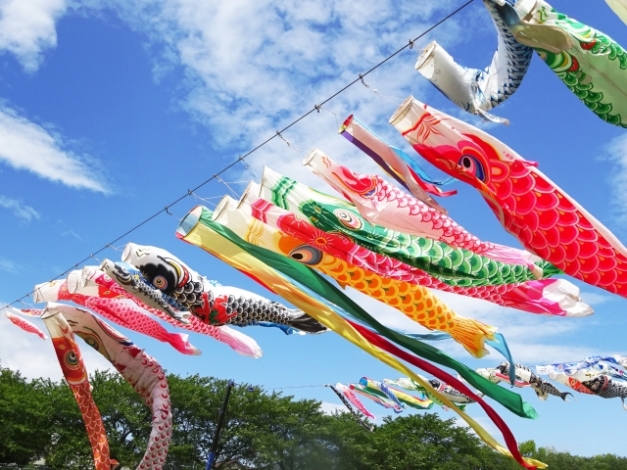
In Japan, the 5th of May is a day of celebration for the health and growth of children, especially boys. There are quite a few […]

In Zoom Japan vol.48 we covered how food delivery services, called demae in Japanese, have been an important part of Japanese food culture. In recent […]
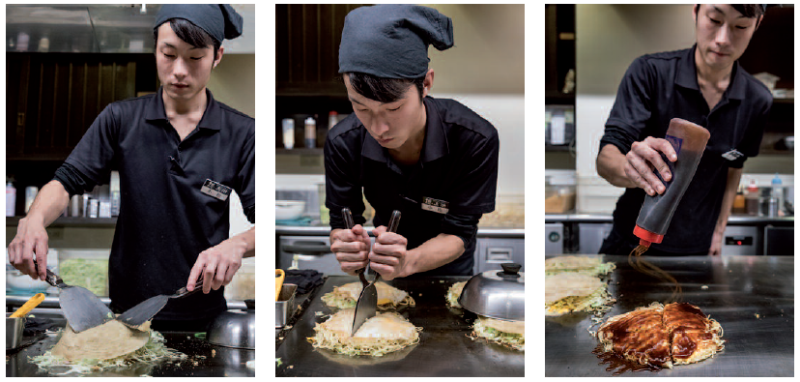
The Hiroshima region is noted for its wealth of gastronomic riches, with something to please everyone. As with most other regions in Japan, no food […]
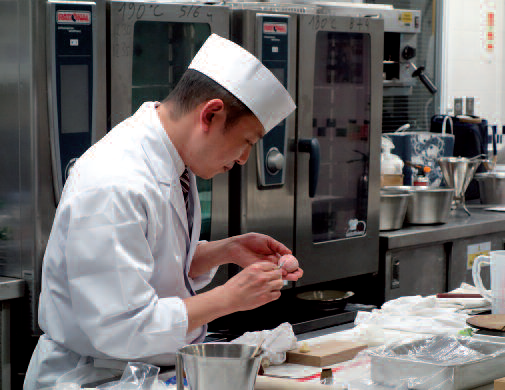
An event dedicated to Japanese confectionery (wagashi) was recently held in London on the 8th of February. The wagashi event held at Le Cordon Bleu […]
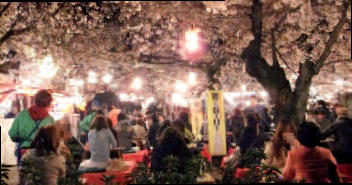
In japan, the fall of the cherry blossoms announces the start of spring. many temples, shrines, parks and schools, as well as private houses have […]
Copyright © 2024 | WordPress Theme by MH Themes